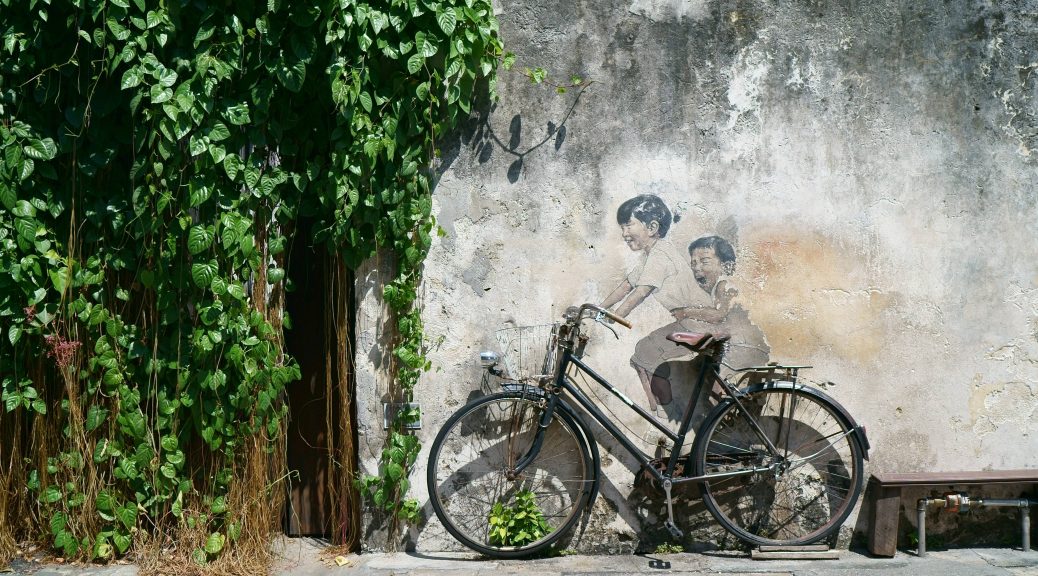Waking up with the sun became routine during my latest trip. Each morning, I wiggled my way out from a double king sized bed that faced the ocean and saw a glimpse of amber and crimson light ascending over the Penang skyline. It was a new day in paradise.
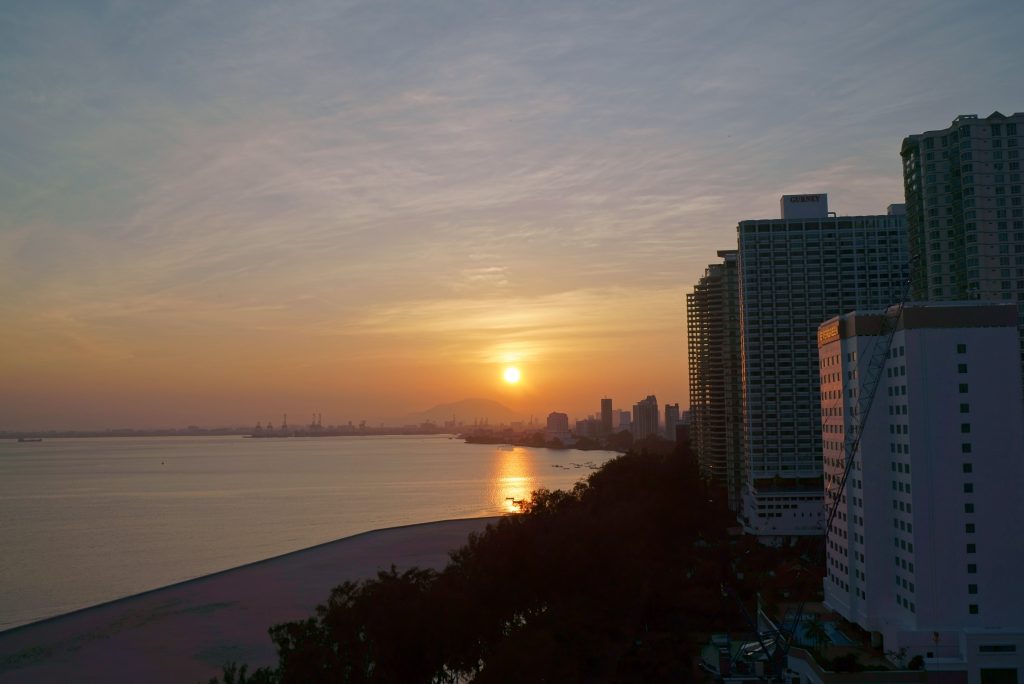
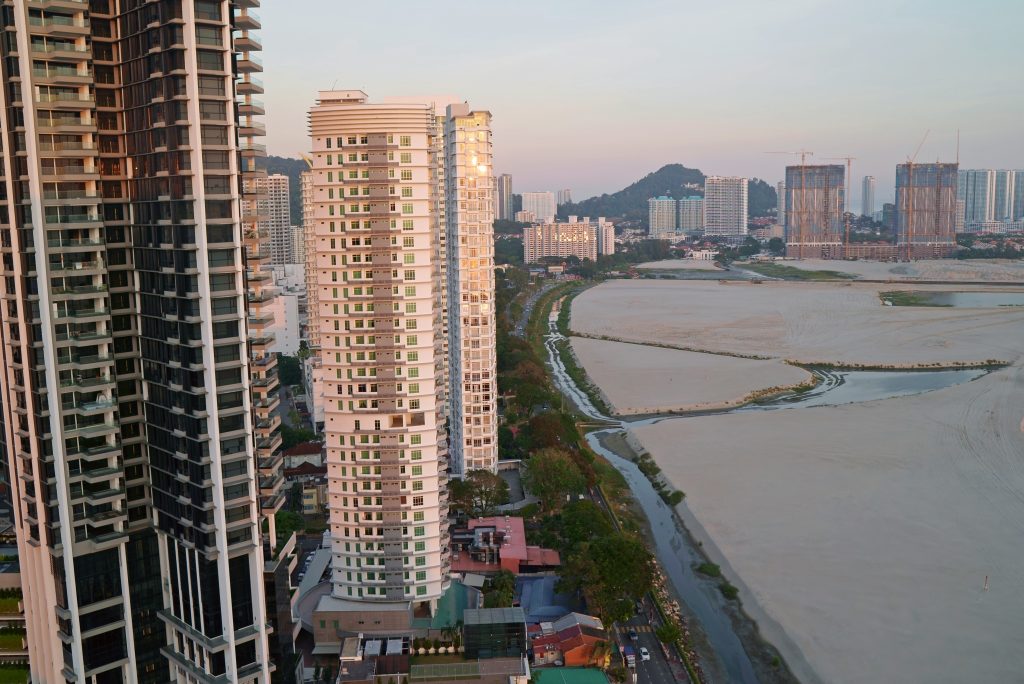
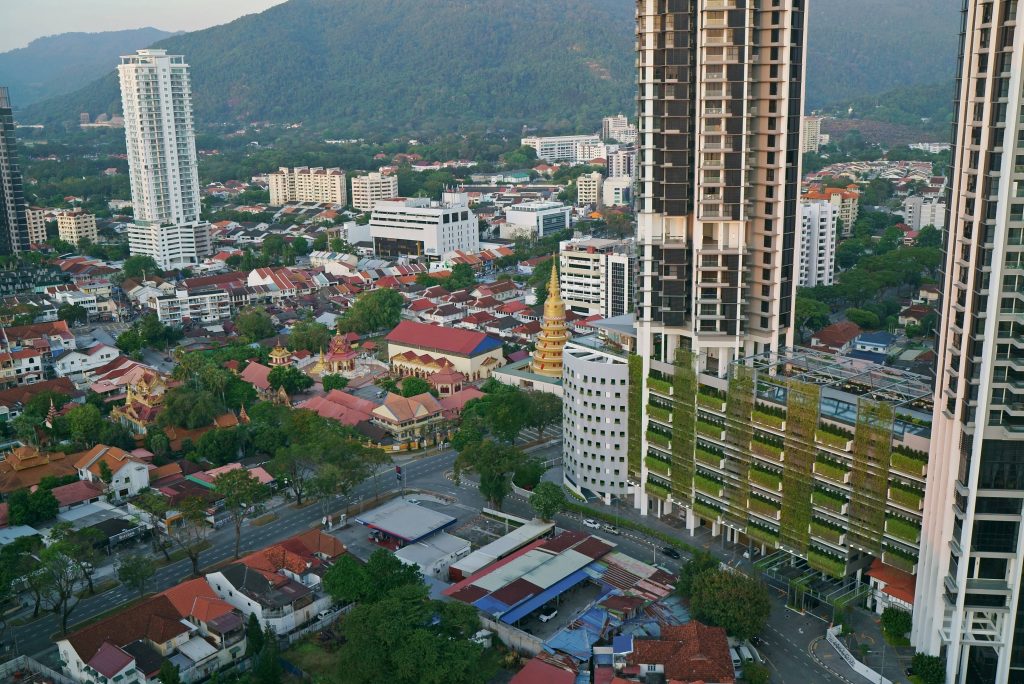
Each morning I would hurriedly throw on some clothes, grab my camera and head out the door – careful not to wake the peaceful dreams of my roommates. When I got to the elevator hall, I saw the spire of a golden pavilion beneath the high rise apartments and immediately decided to make it as the first destination. My first morning stroll around the neighborhood offered an introductory glimpse of the numerous buddhist temples situated throughout George Town.
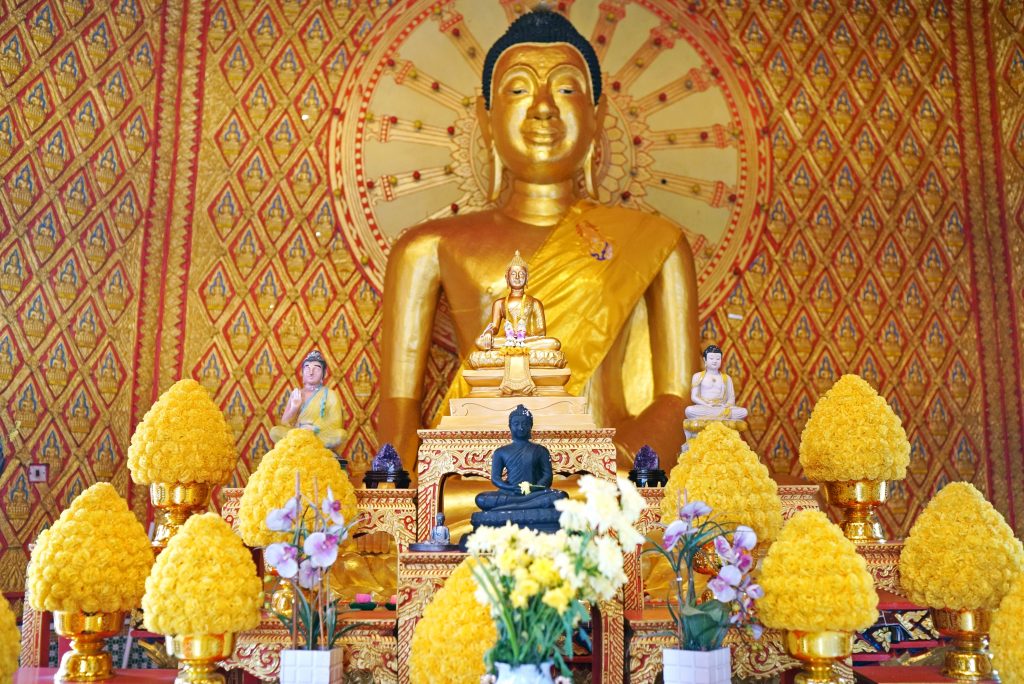
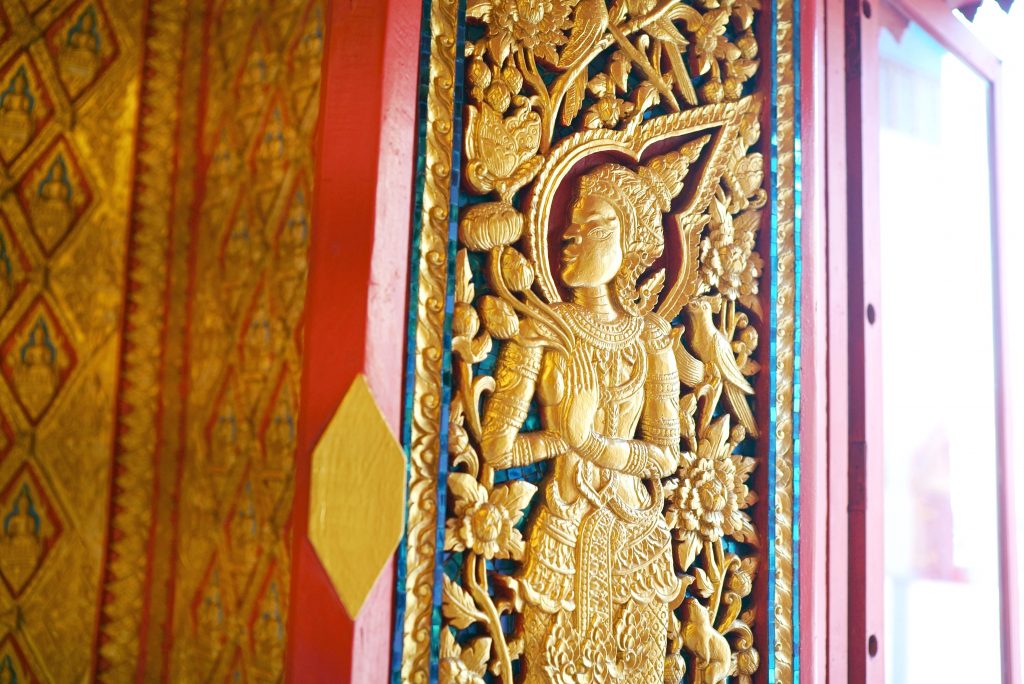
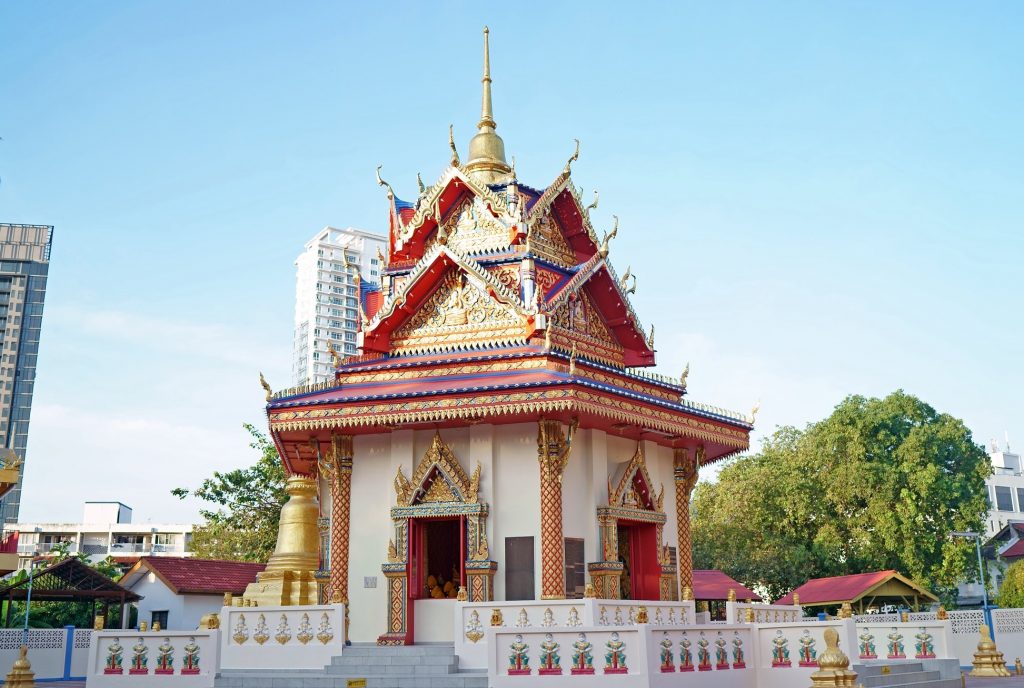
A few steps from the apartment, I found myself exploring the little corners of Thai and Burmese buddhist temples shimmering in gold. It was still early in the morning and there was no one besides myself, a few monks sweeping the streets along and a few street vendors setting up their tents, getting ready for the day’s business. It was a peaceful and meditative experience to explore vacant buddhist temples and admire their quiet gardens.
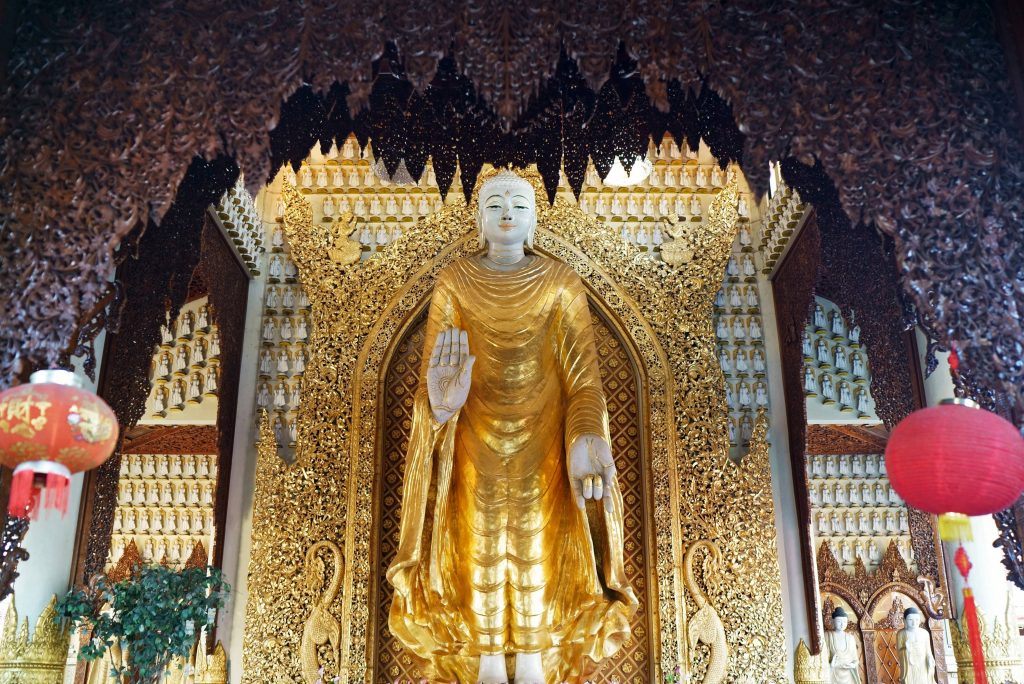
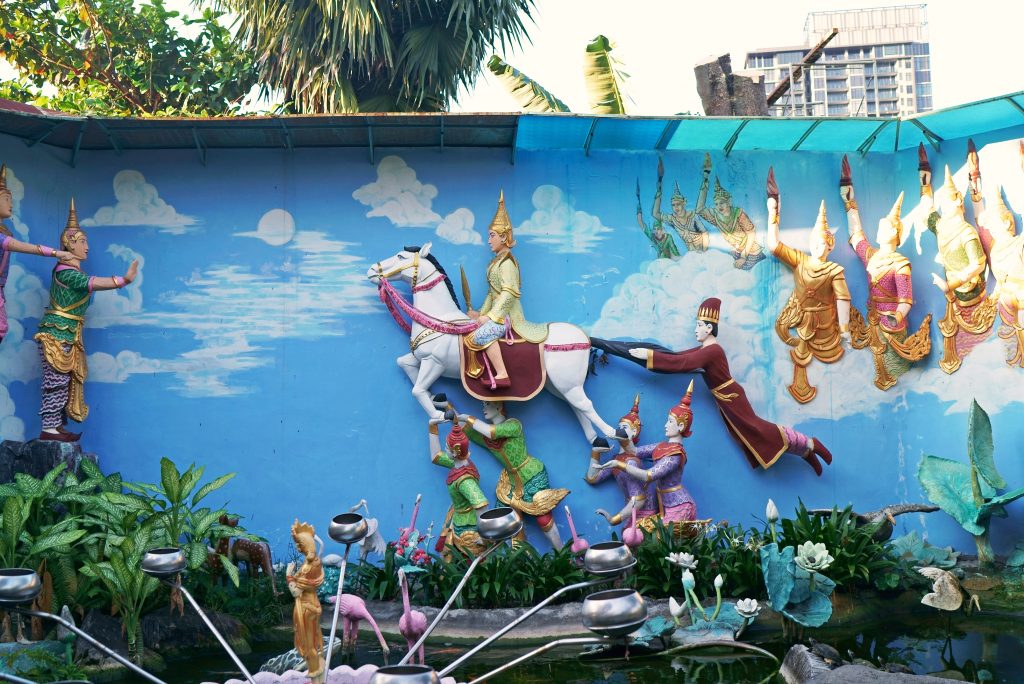
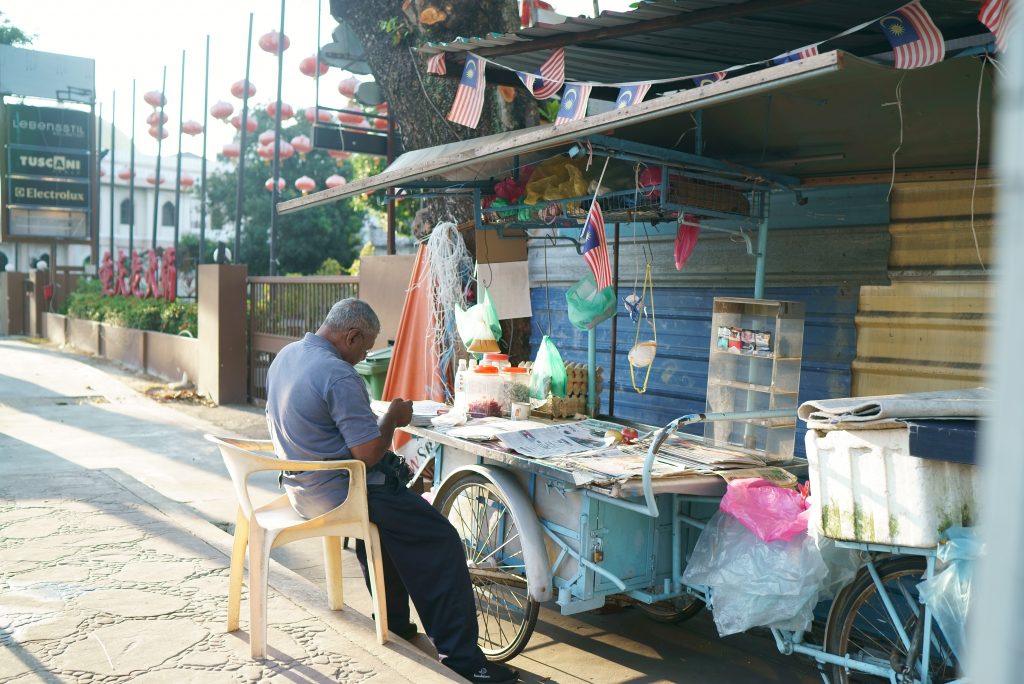
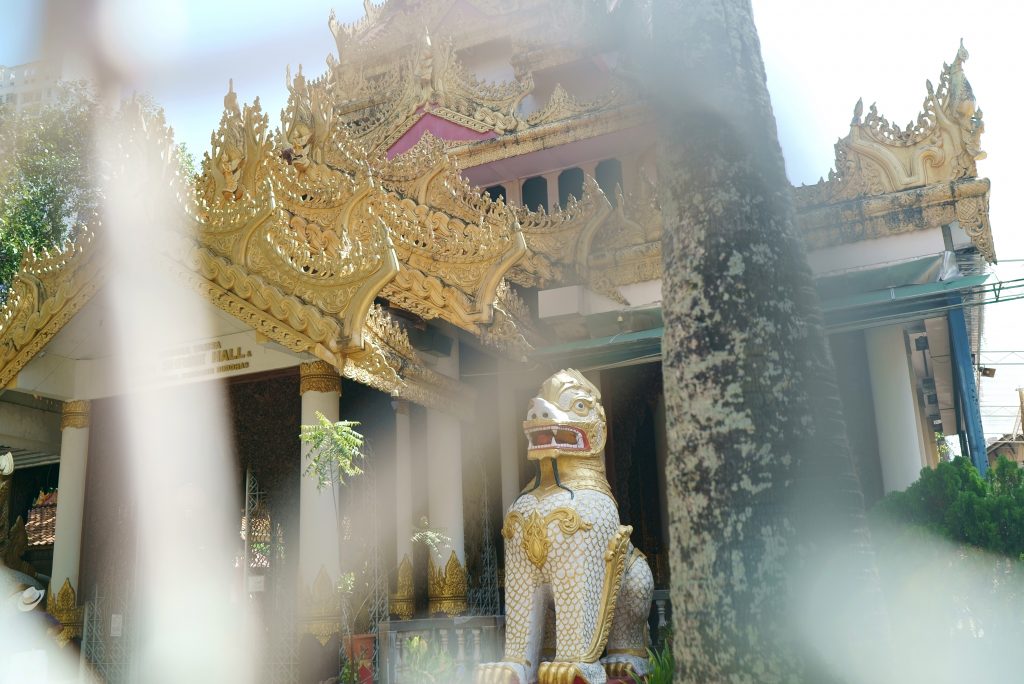
When I returned to the apartment, Becca and Michelle were awake and sitting in the sunlit living room. We made cups of coffee and enjoyed the birdseye view of George Town expanding outside the windows. It seemed nearly impossible to escape from the comfort of lounge chairs and the gentle caress of sunshine in order to plan the day’s activity but, eventually, our friends Kea and David invited us to join for lunch at Nasi Kandar restaurant just a few blocks away from the apartment.


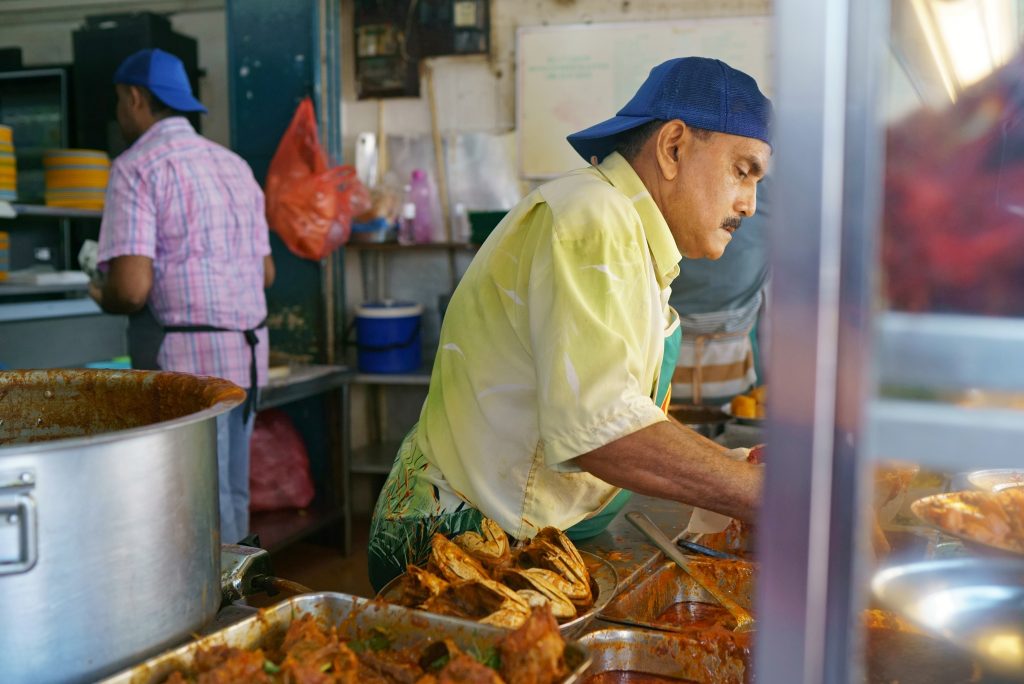
If I were only able to choose one dish to write home about it would be Nasi Kandar: a Penang originated Malaysian curry dish that we had at Restoran Mohammed Raffee Nasi Kandar. Nasi Kandar is like a distant cousin to Indian curry, somewhat familiar yet not formally acquainted. This delectable northern Malay dish was incredibly savory and full of intricate spice notes. None of the spices overpowered the other’s flavor and there was a perfect balance and harmony in the combinations of different curries; this made it a pristine culinary experience.
The ordering system was quite simple. We queued and picked the main proteins and vegetables along with extra add-ons such as fish head and fried eggs. Then the chef poured large ladles full of curry gravies over the plate to complete the dish. I picked chicken and fish head as my main proteins and asked to garnish the plate with as many varieties of side vegetables as possible. Of course, I had to add a fish head and fried eggs as well. No holding back!
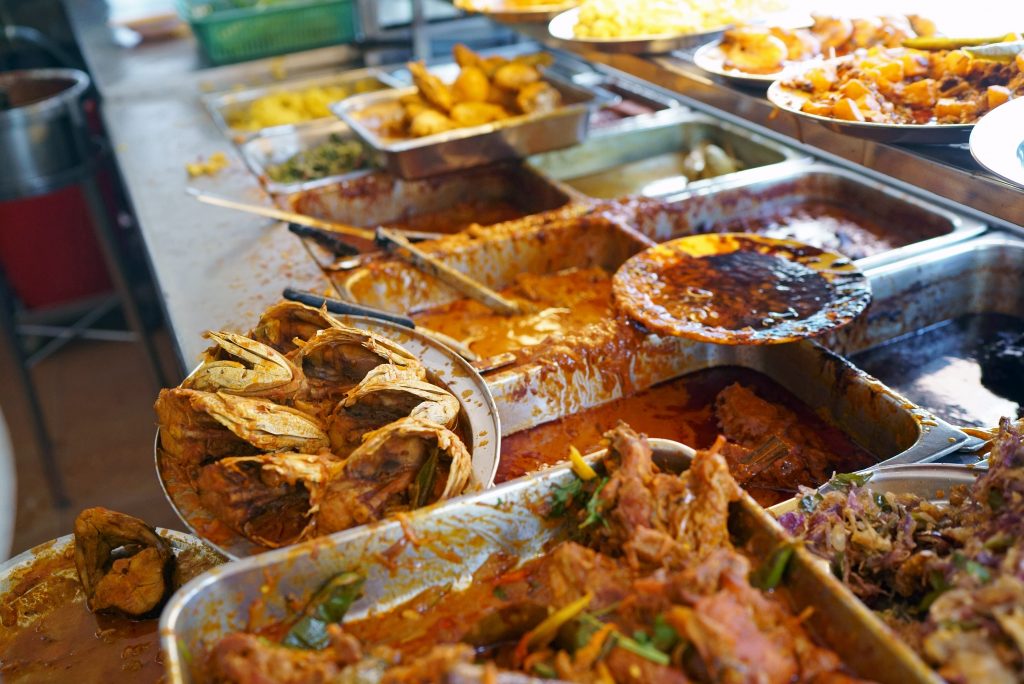

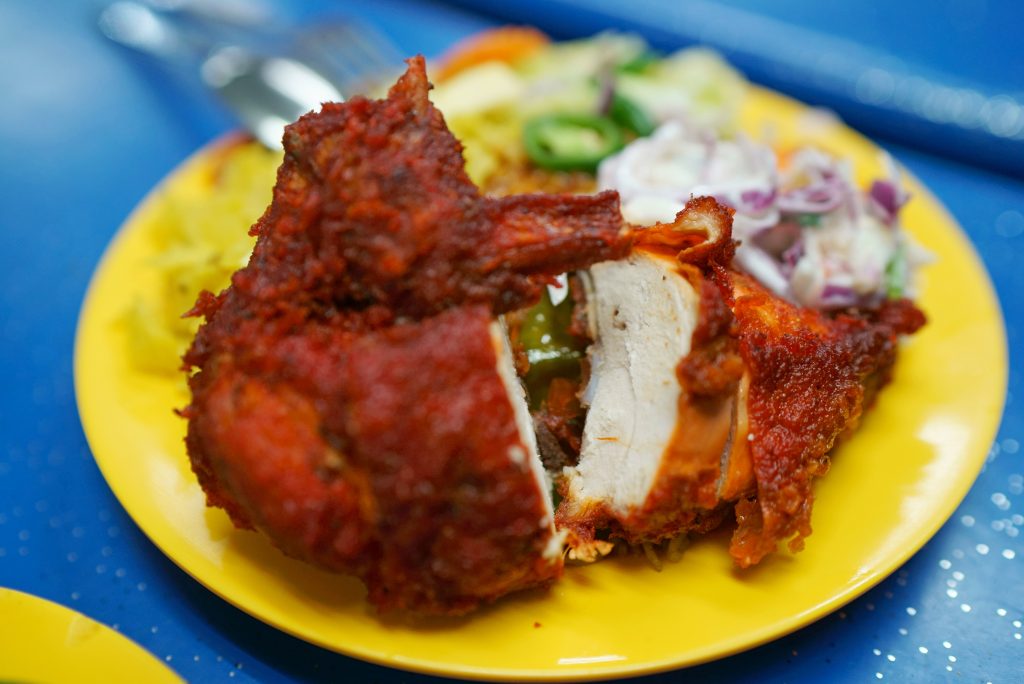
After we filled our stomachs with incredibly delicious nasi kandar (that I will dream about every single day from here on), we hailed some taxis to the art district of George Town where our friends’ uncle (i.e., an older friend) runs his workshop and a gallery. It was a quick few minutes drive to reach the main art street of Lebuh Armenian where we strolled down a narrow historical street. There were many iconic art installations including the works of Ernest Zacharevic.
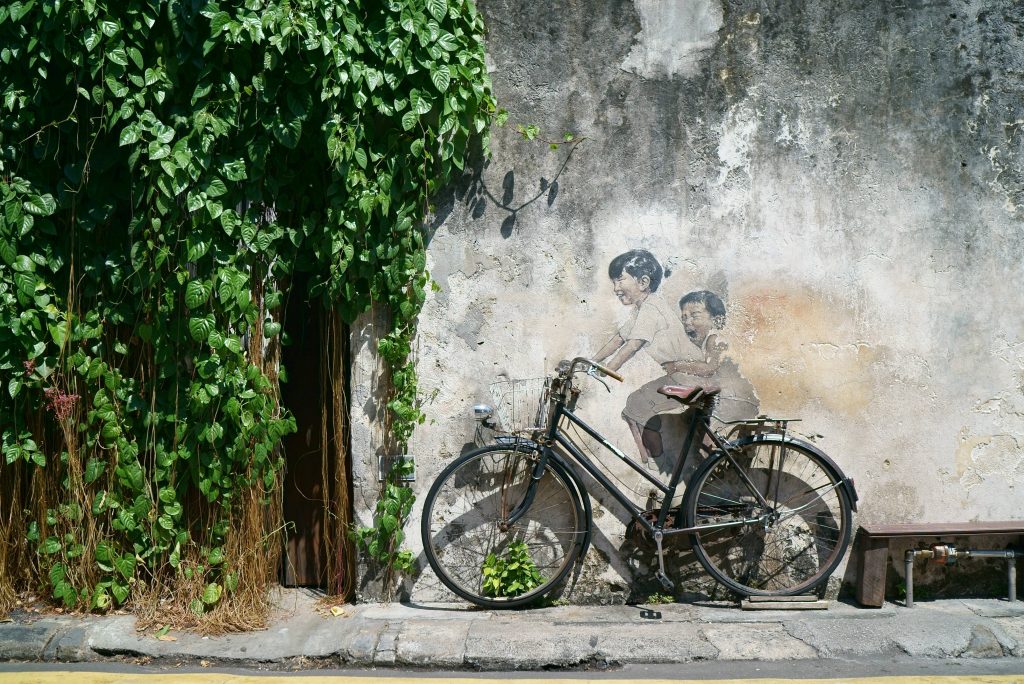
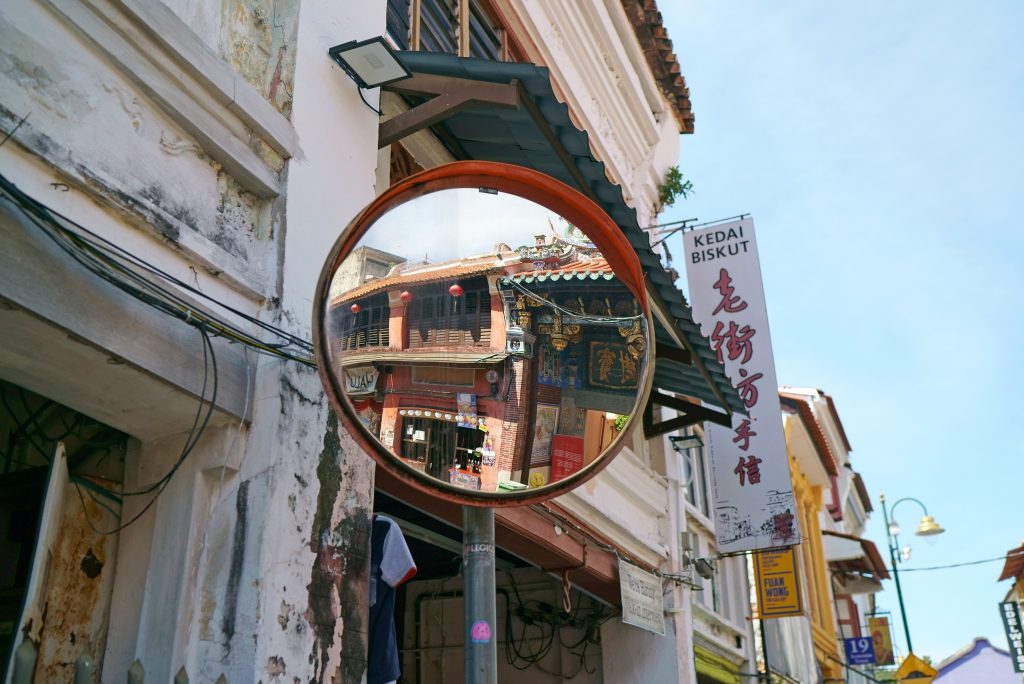
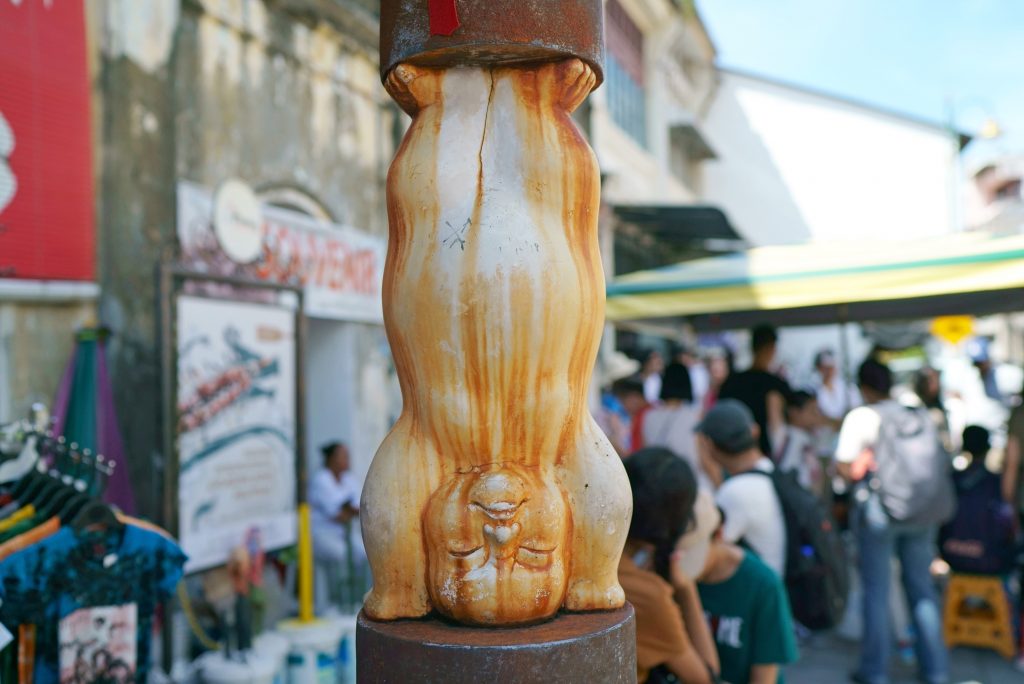
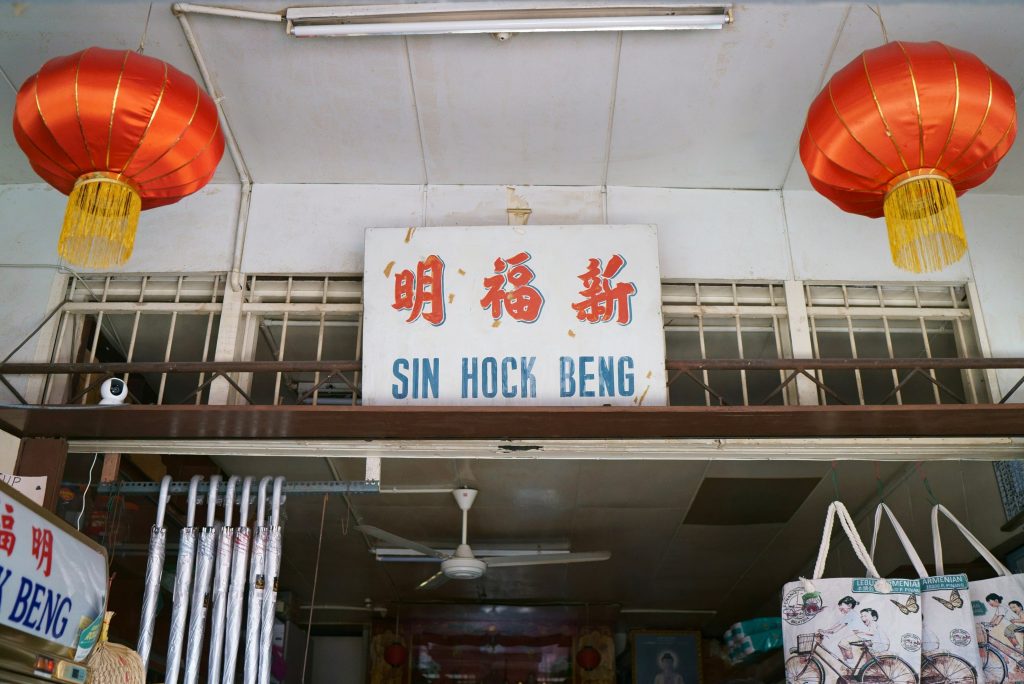
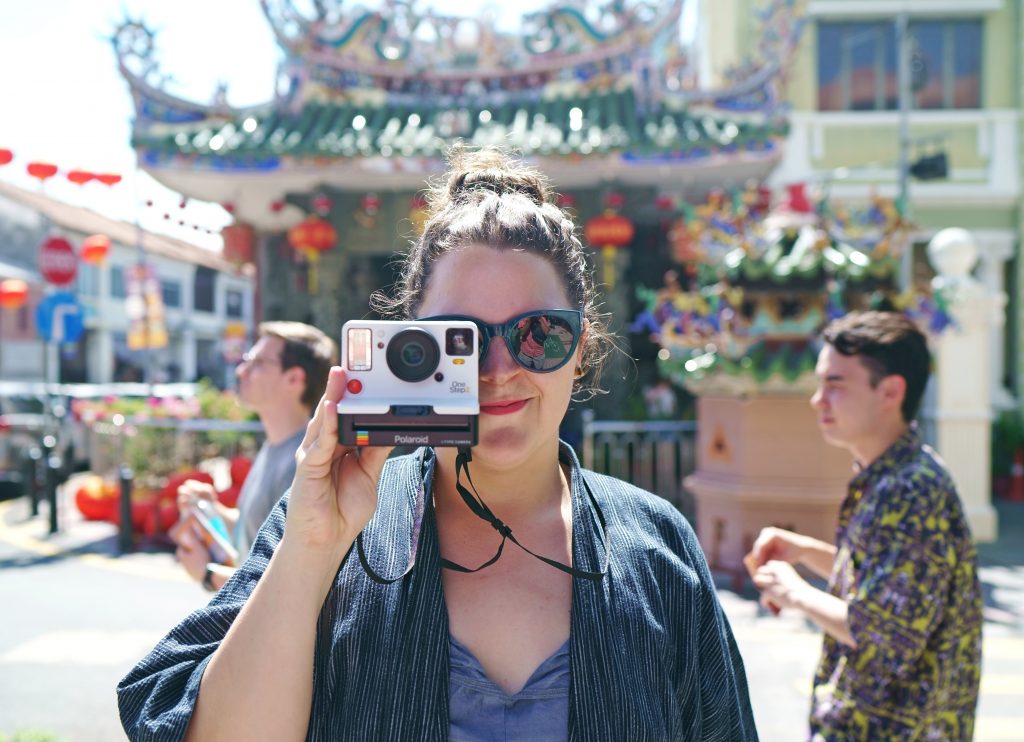
Shop Howard was located in the center of the art district surrounded by many iconic street arts and quintessential Penang scenery complete with the pedicab stalls. We entered the shop and were greeted by Howard, who photographs and publishes photo collections highlighting everyday life in Penang. He guided us to a satellite gallery established inside an old Peranakan style house. Here are some shots from the excursion.
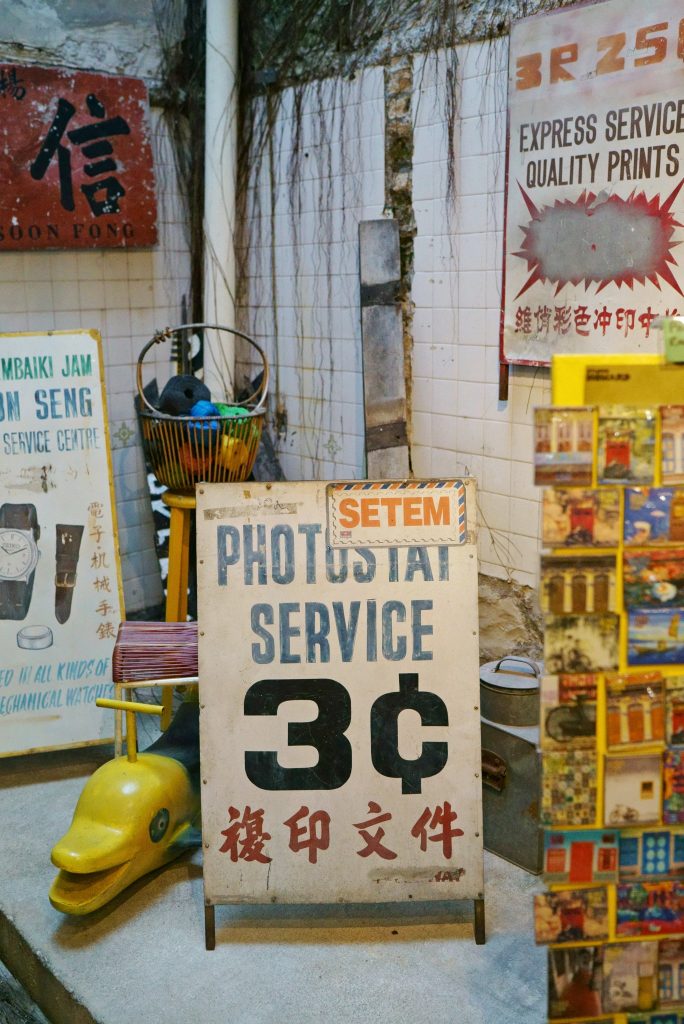
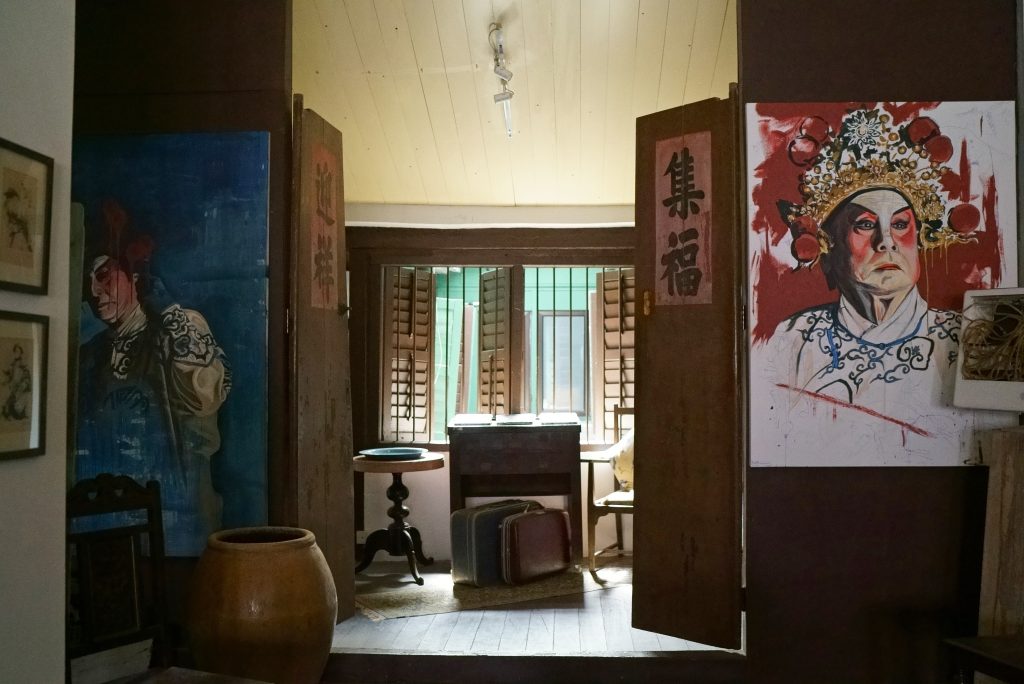
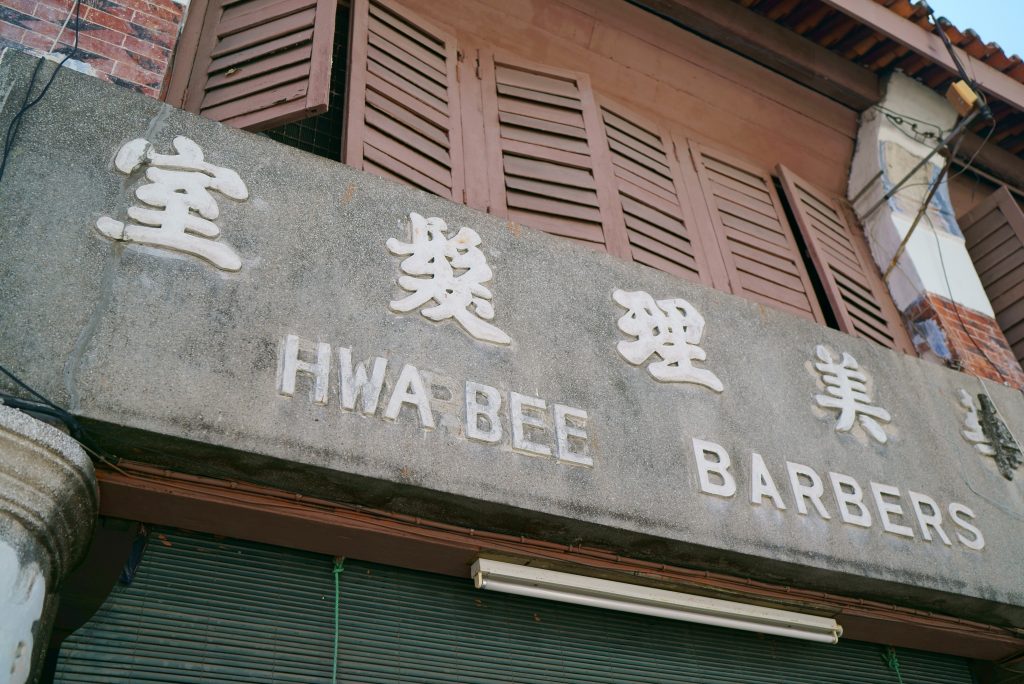
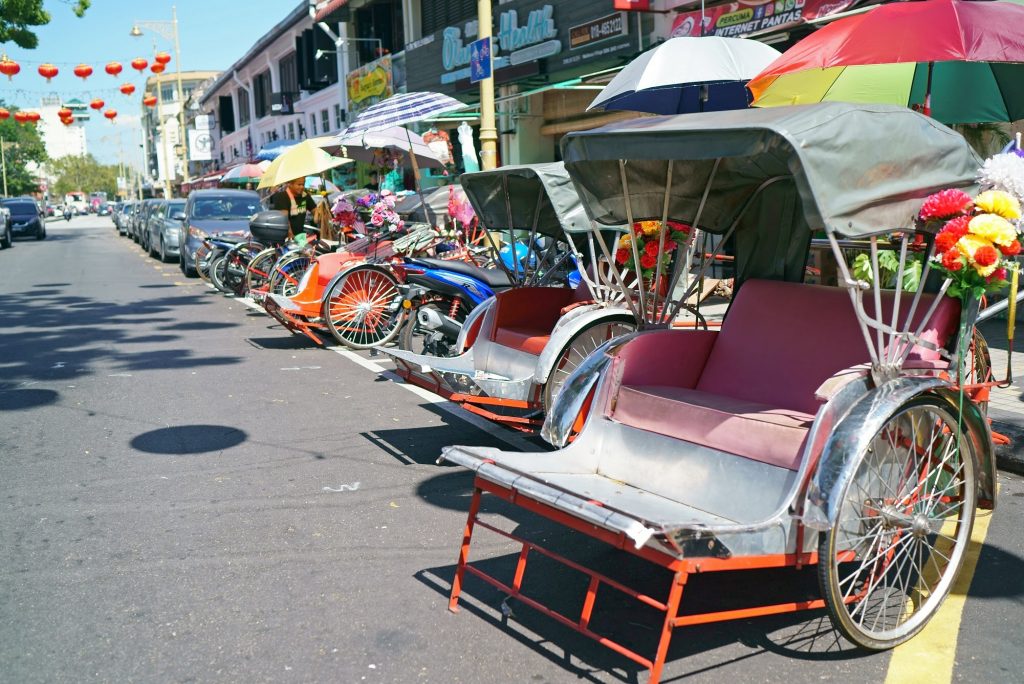
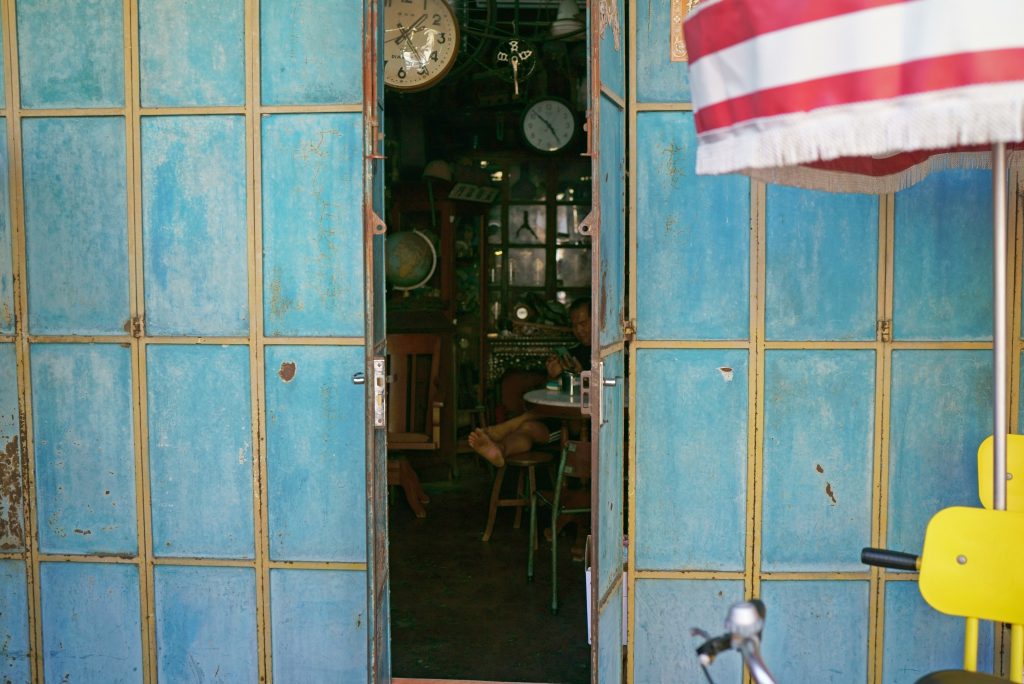
The art district in George Town showcases an interesting amalgamation of the old Penang lifestyle and a young creative energy. This neighborhood is surrounded by many buildings that are getting on in their years, one could say ancient, yet enlivened by inciting and inspirational street art and a feeling of true, uninhibited culture. It was very interesting to see modern cafes and boutique shops operating next to old storage and office spaces – like bright young children walking joyfully, hand-in-hand with their grandparents. The state of this amalgamation revealed the contrast of economic evolutions that Penang is going through today.
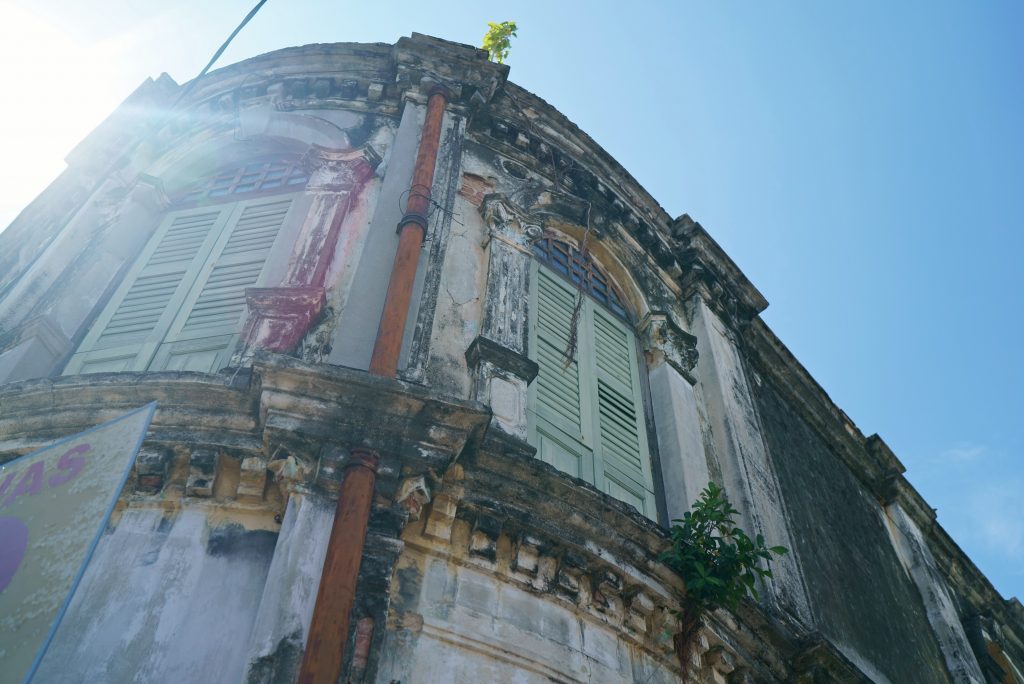
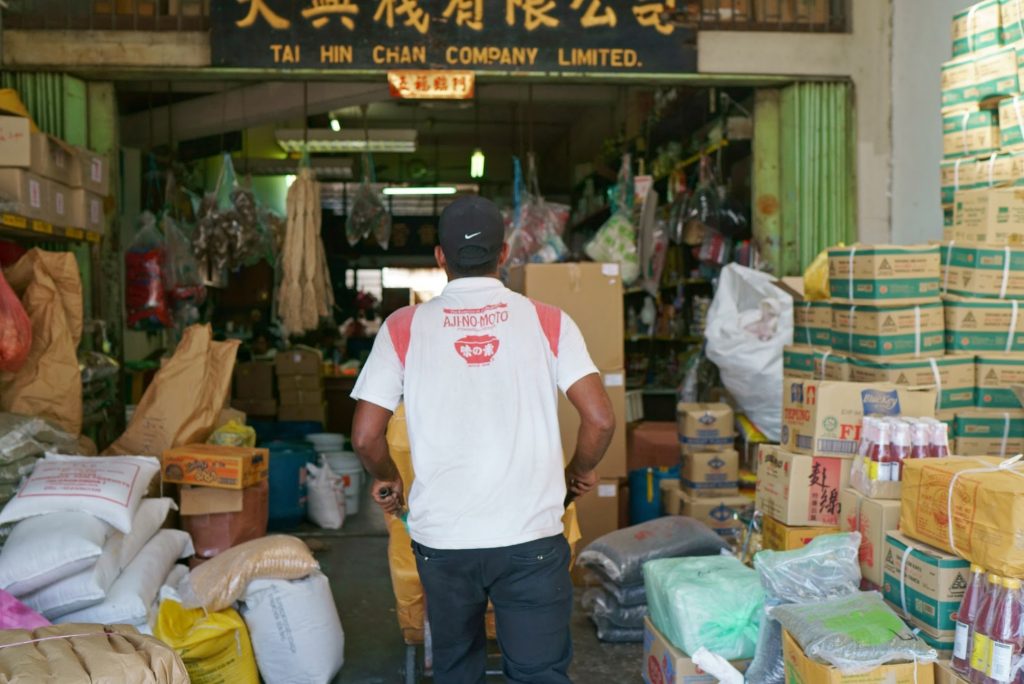

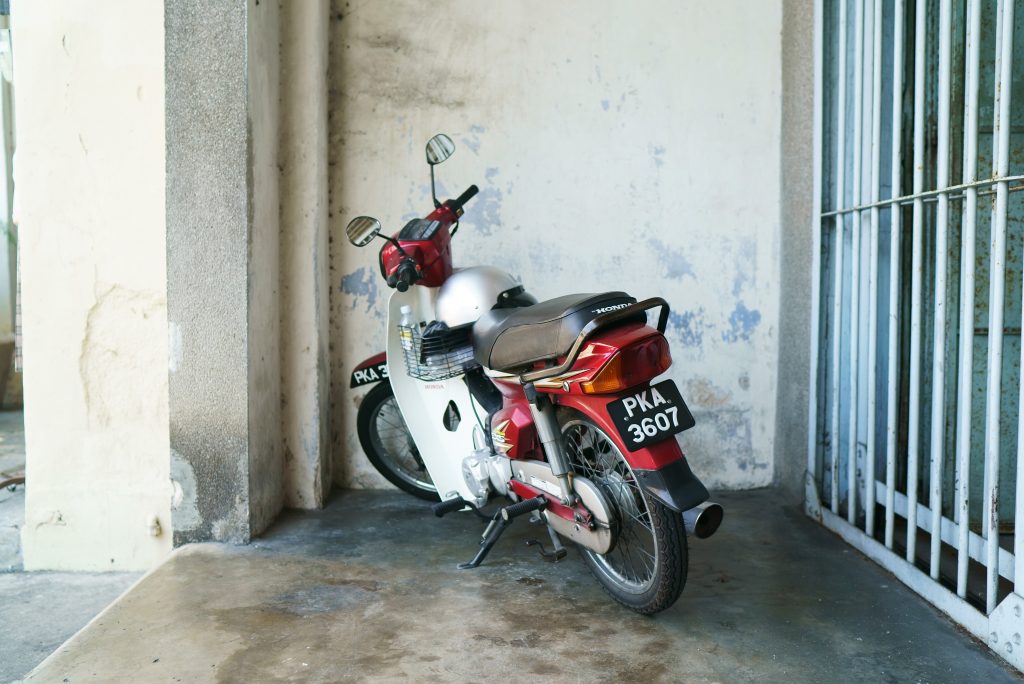
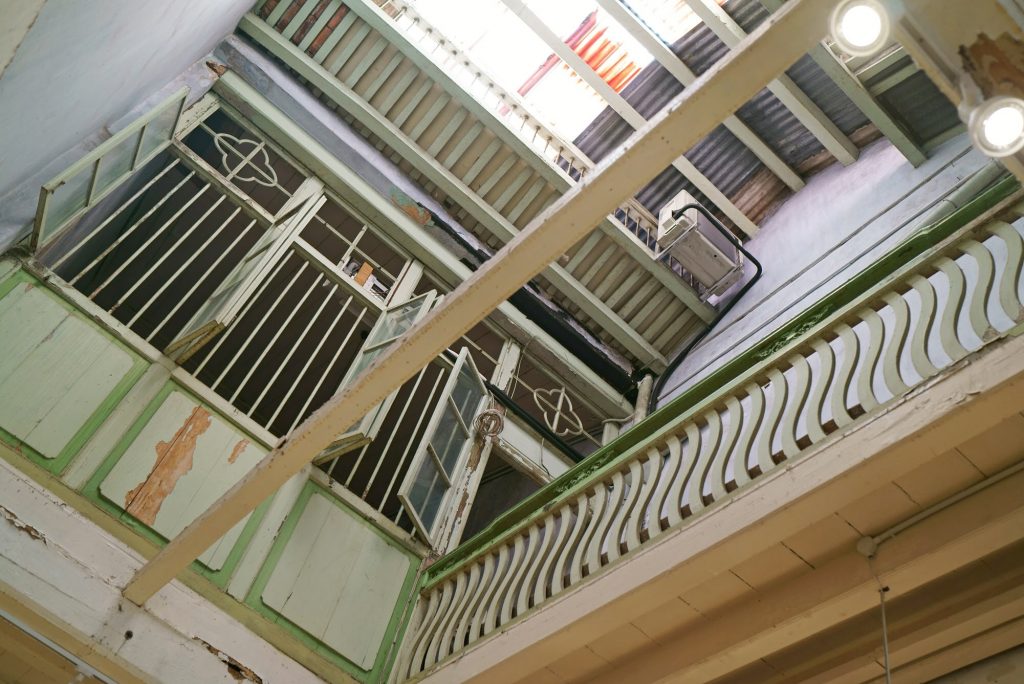
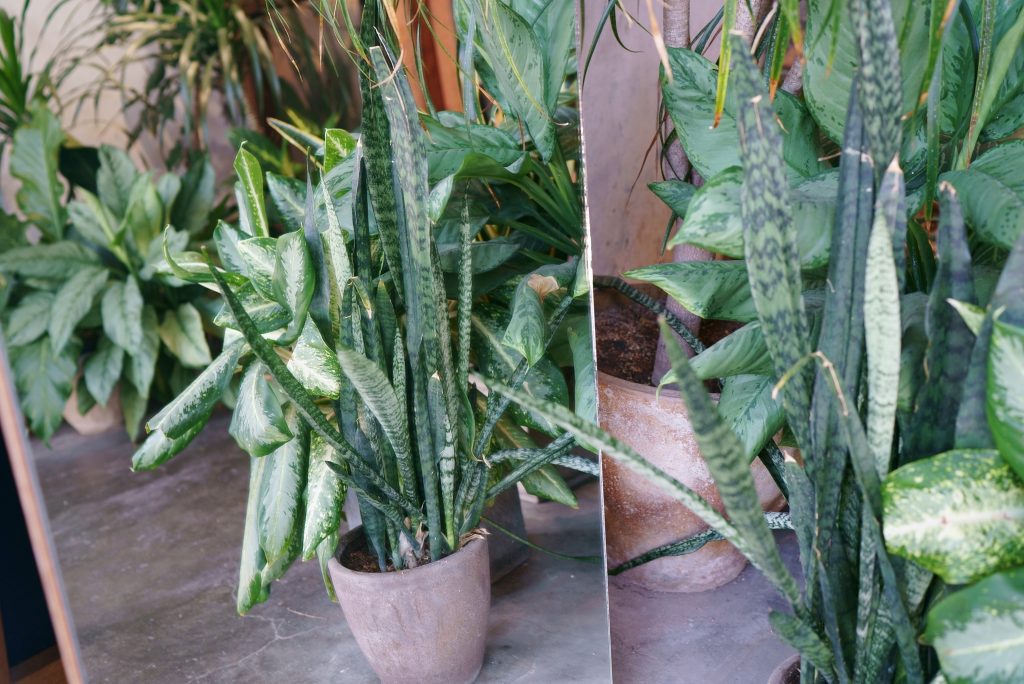
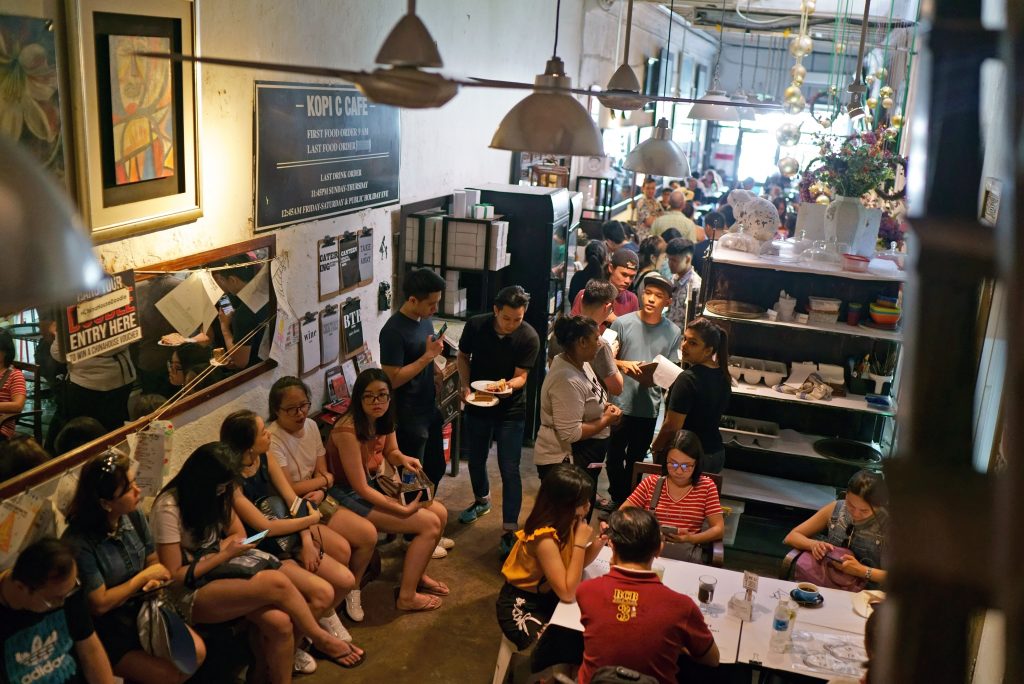
China House was a fantastic stop for a coffee break and to treat ourselves with tasty cakes. This traditional compound, made of three heritage houses, has transformed into an international tea house for locals and travelers to rest their weary wings. In this long, narrow and busy cafe people gather for quality conversation over sweet treats and kopi (Malay for coffee). In the back of the cafe there is a quaint outdoor space where we found the perfect table to enjoy the passing time. We tried the cafe’s popular cheesecake, pound cake, and chocolate cake and washed them down with a few cups of latte. After the coffee break, we continued our adventure through the art district.
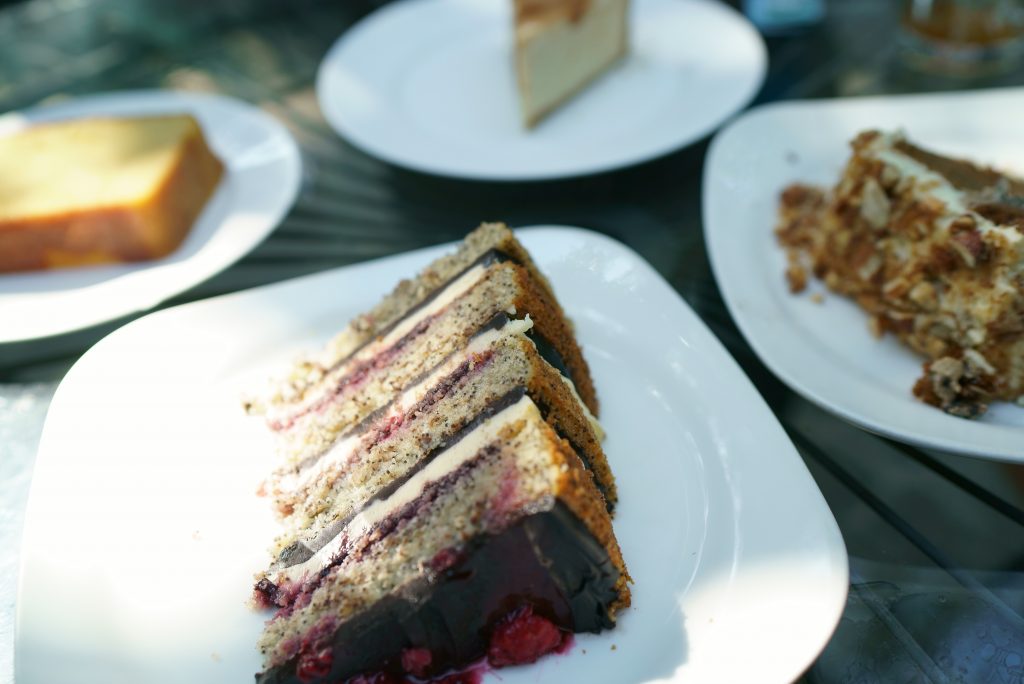
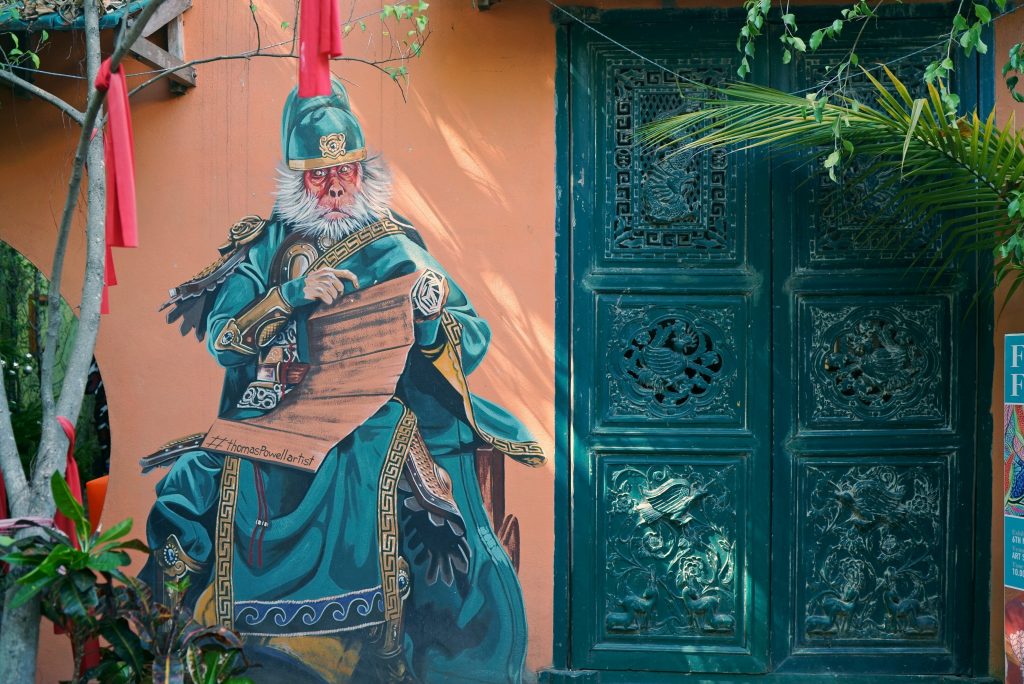
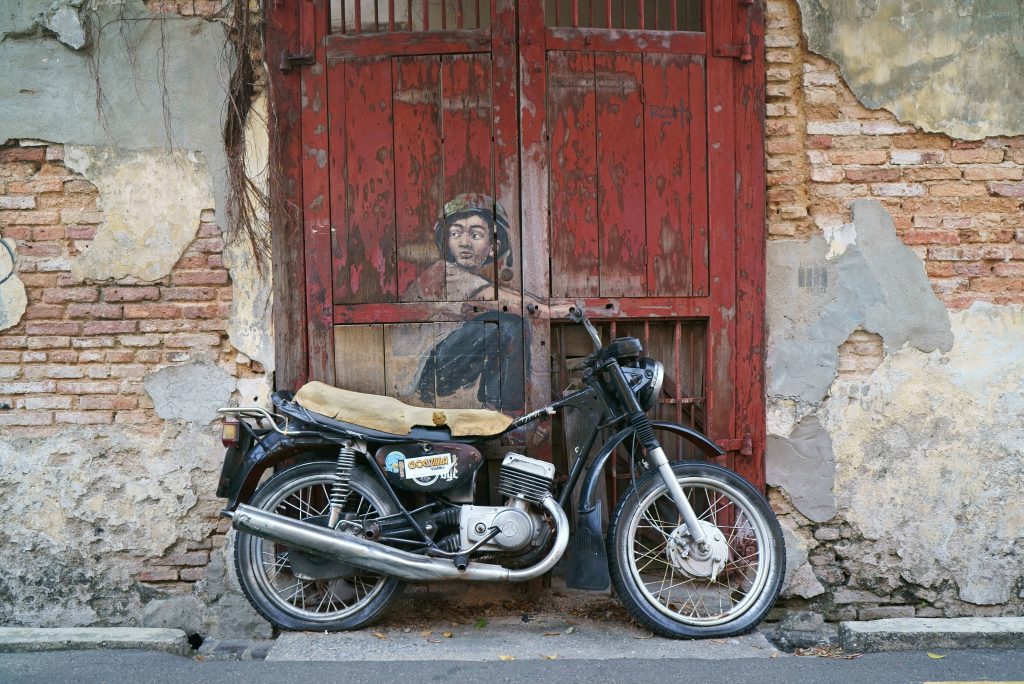
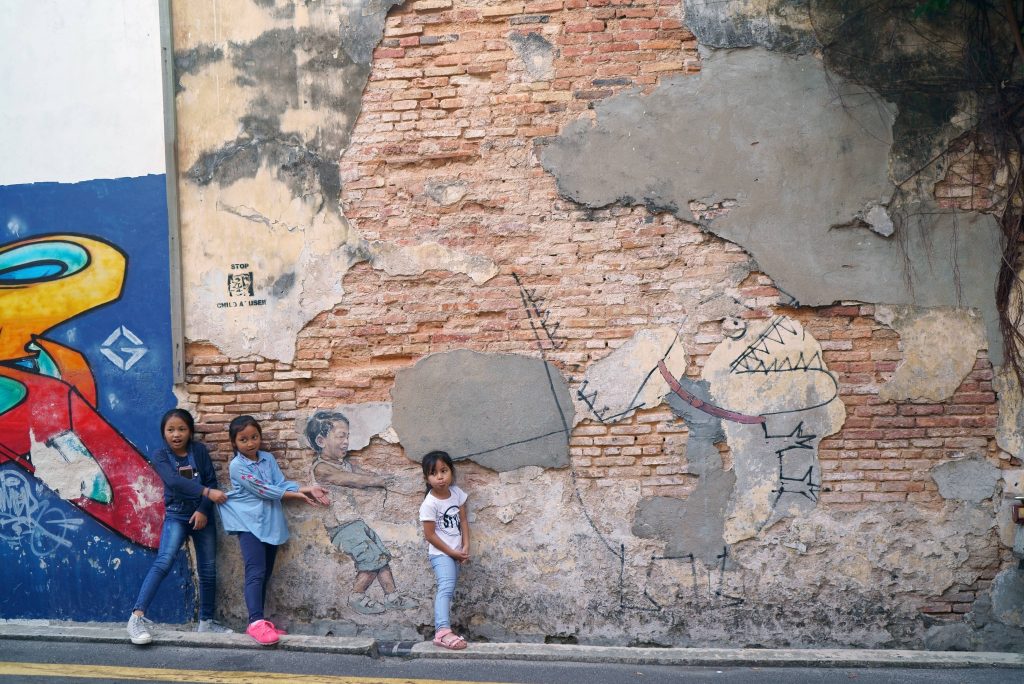
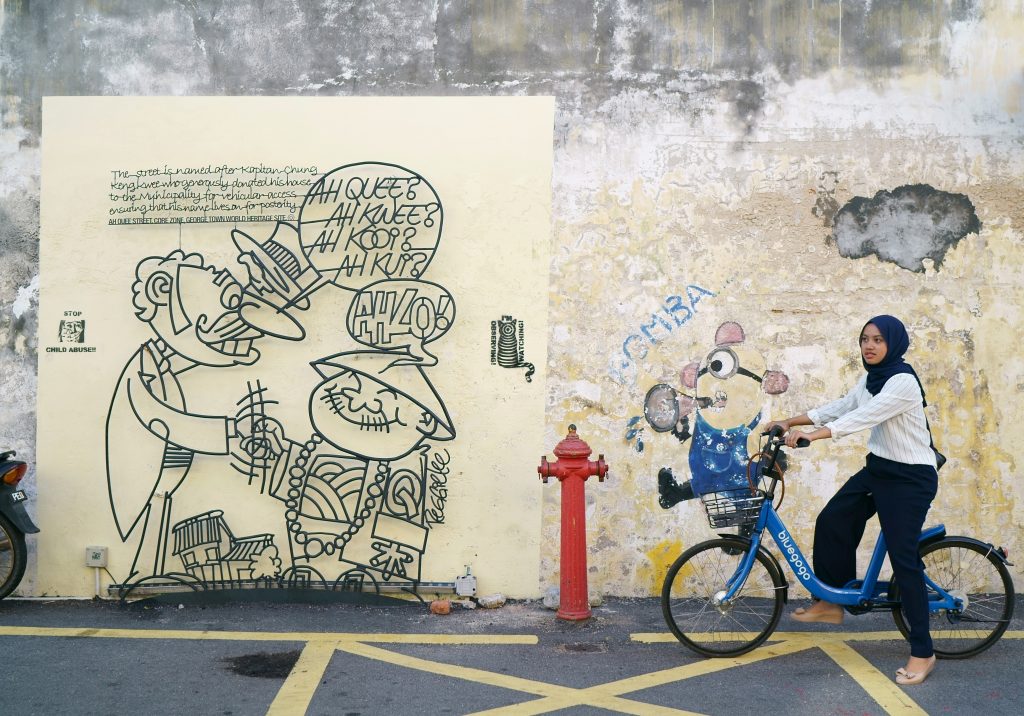
We strolled down Lebuh Ah Quee and admired the multi-medium mural work by Ernest Zacharevic including his famous “Boy on Motorbike.” We made a turn to cut through the Little India of Penang and detoured back to Uncle Howard’s shop. Along the way, we had a quick glimpse of a day in the life of Penang.
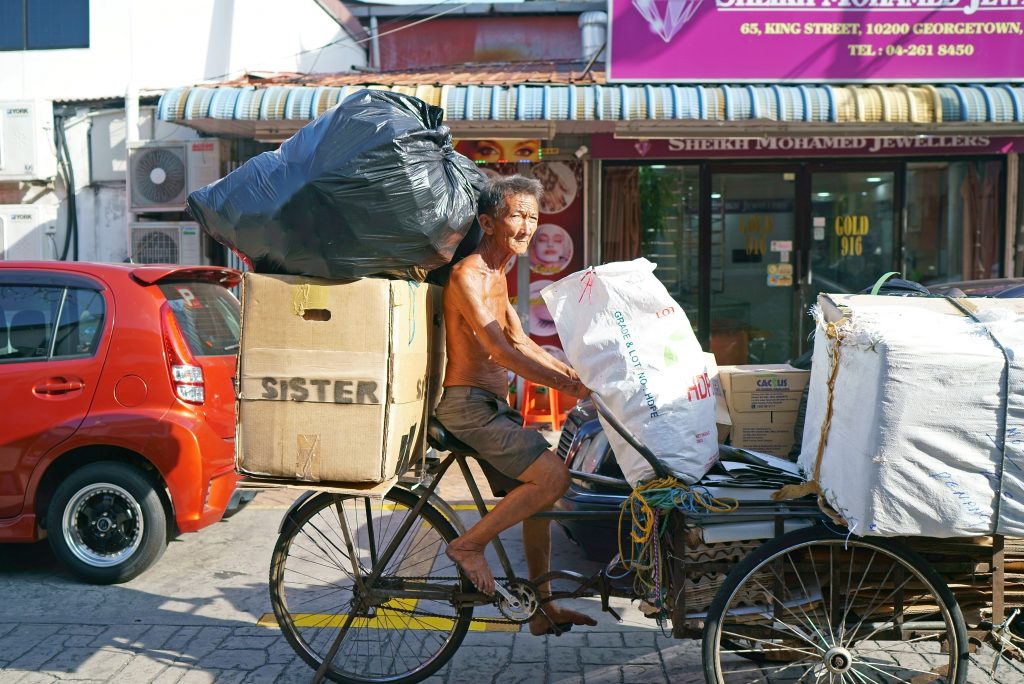
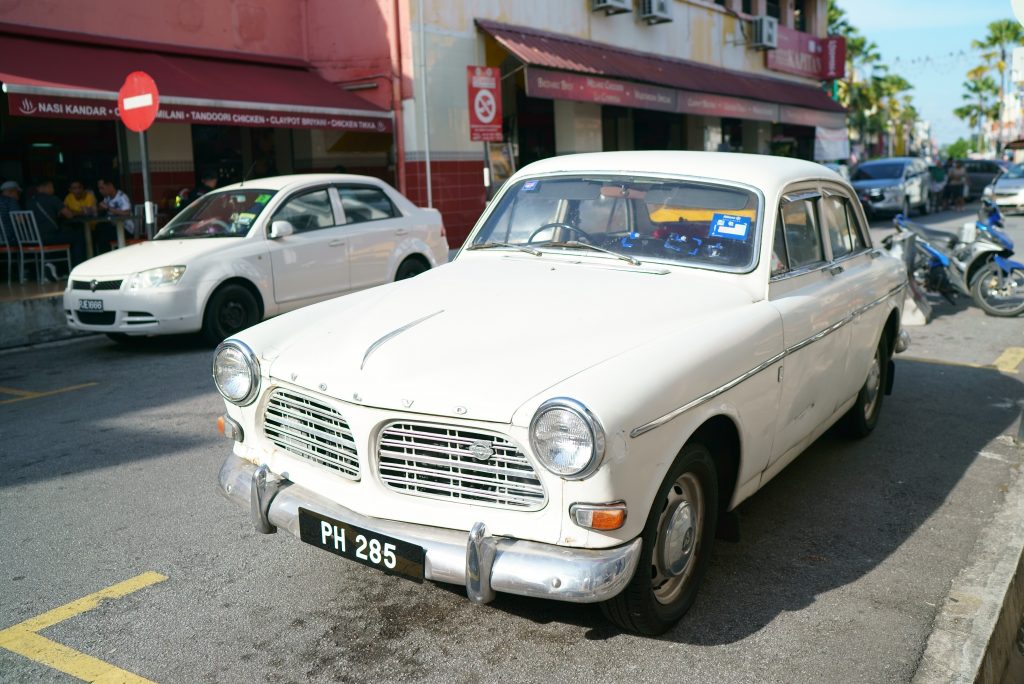
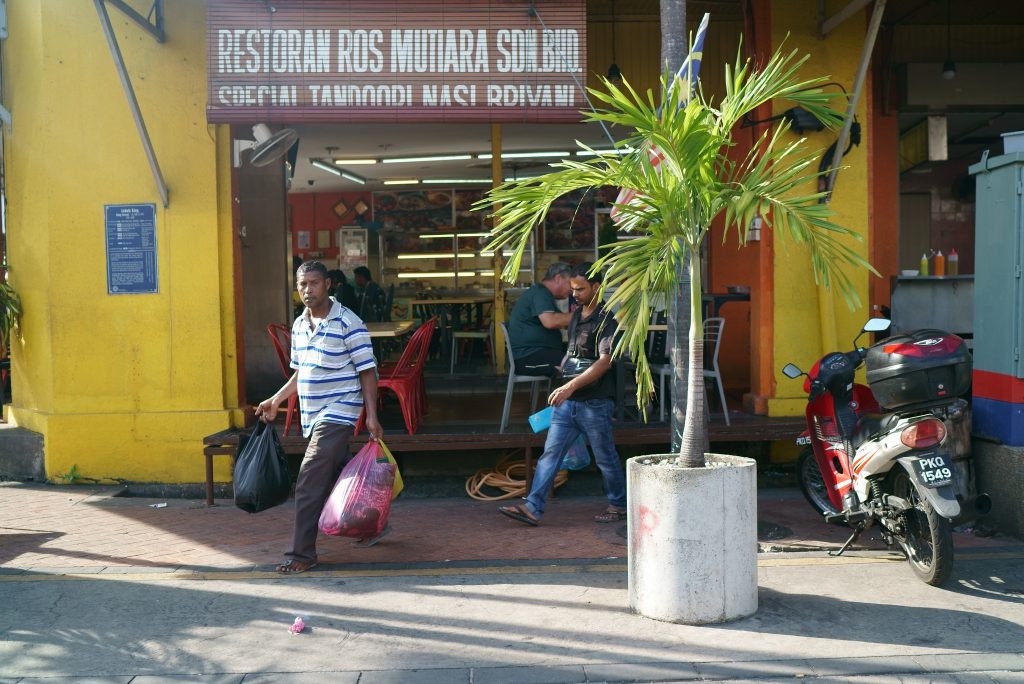
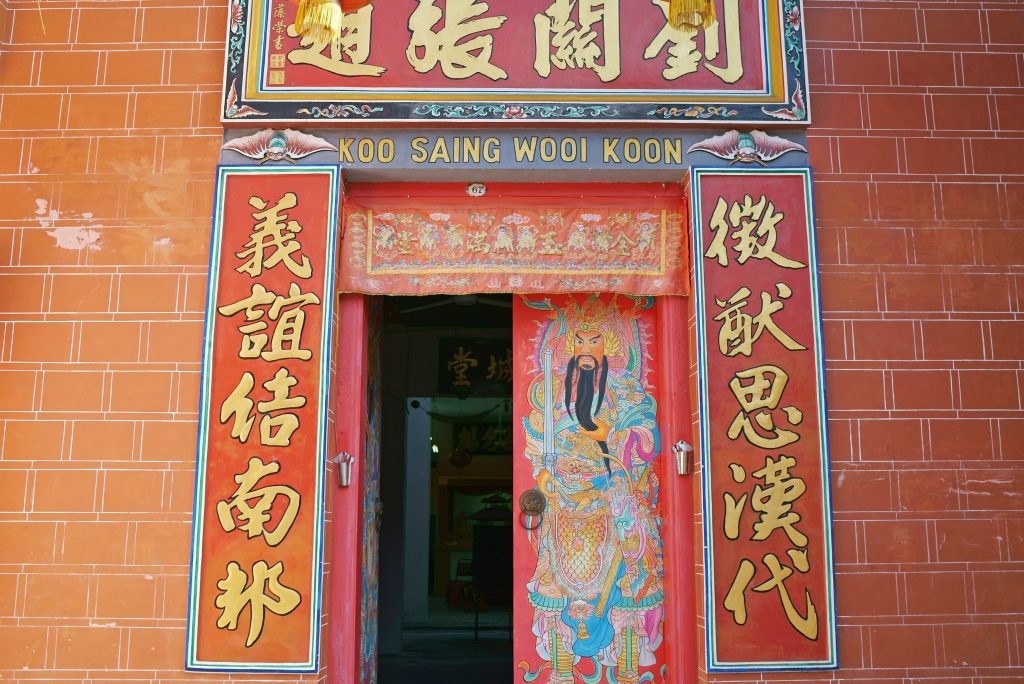
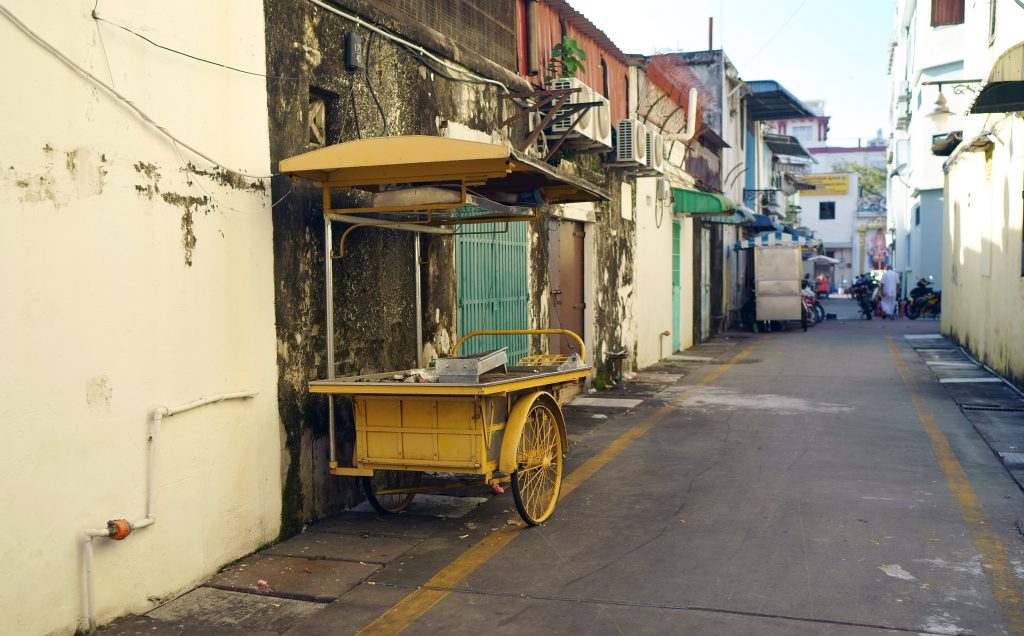
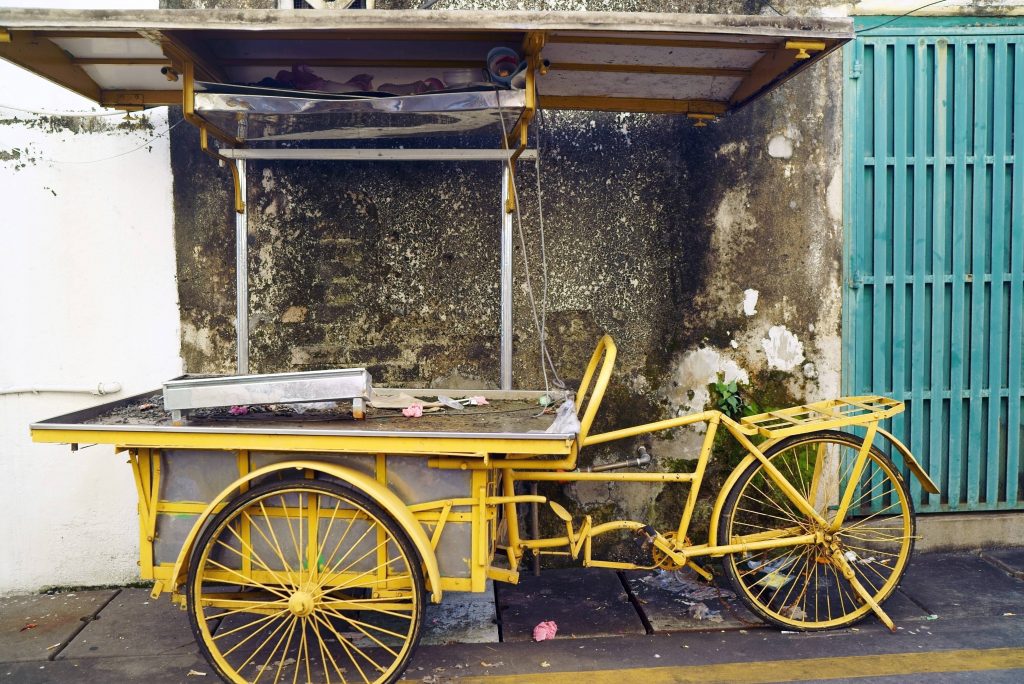
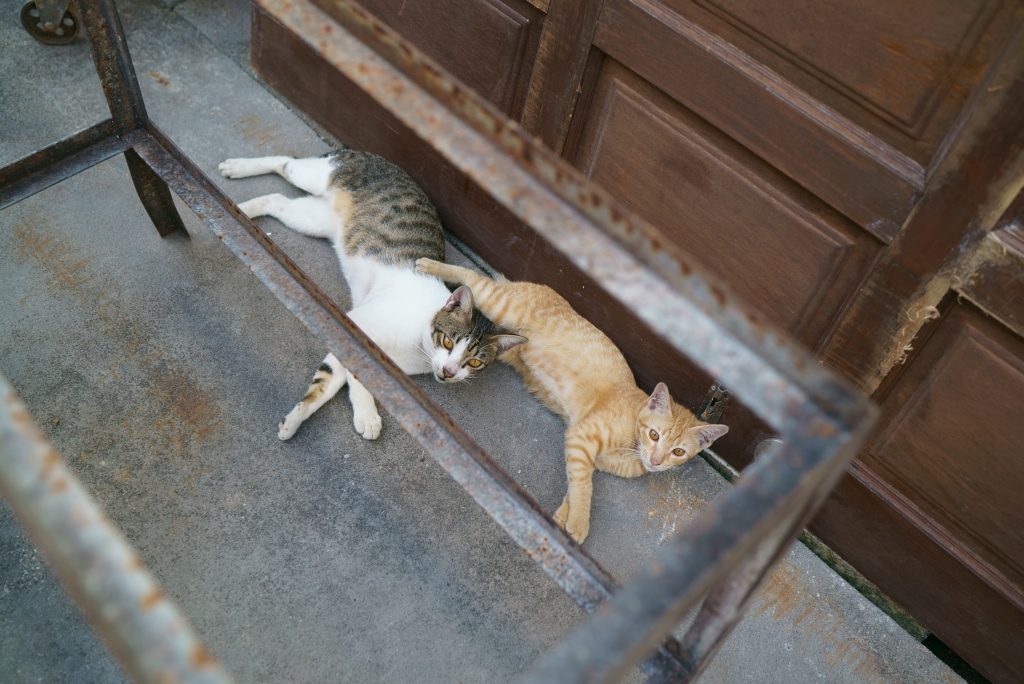
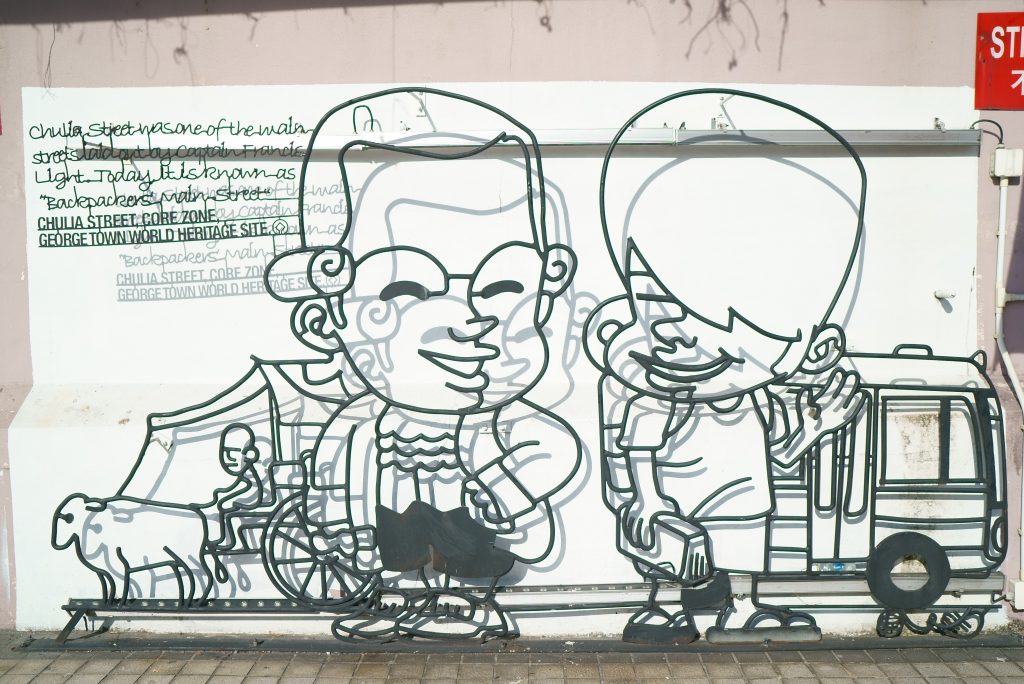
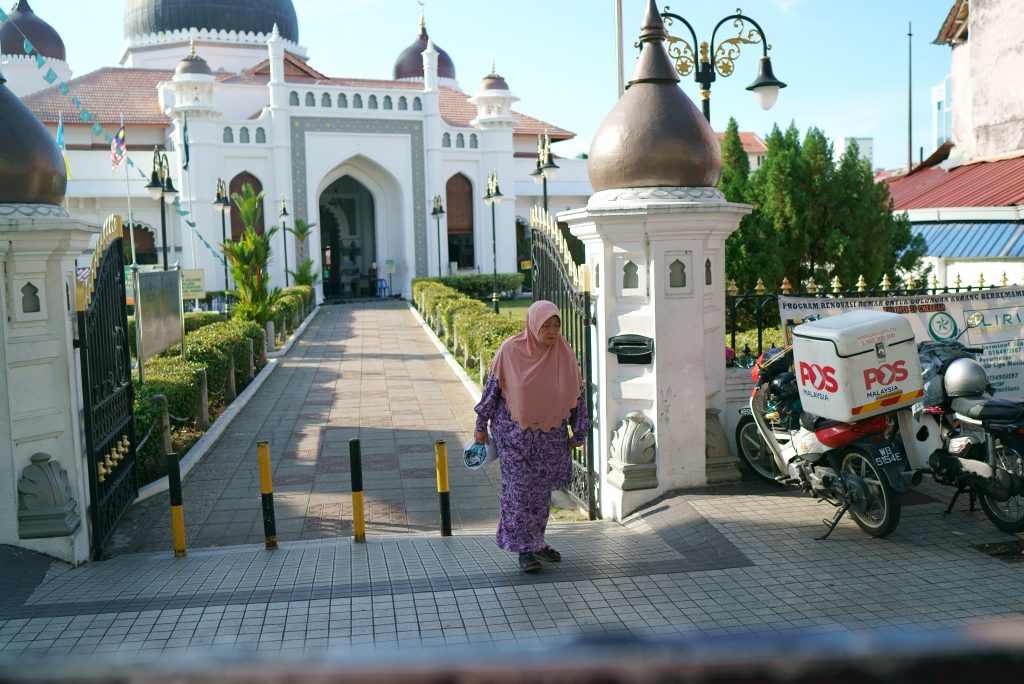
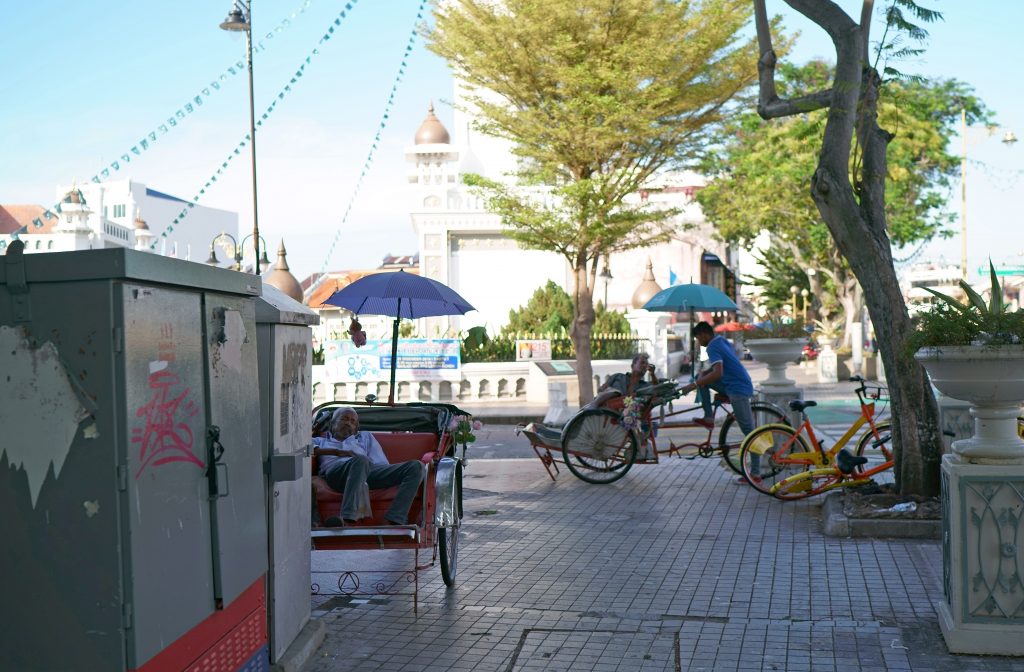
George Town is also an exciting place for nightlife. There are some great options for regional fancy drinks. In the evening, Becca and I ventured out to meet our friends at Good Friends Club next to Hin Bus Depot, a famous art center for Sunday flea market and industrial art installations. We started the evening at Good Friends Club and eventually found our way through the backdoor to the speakeasy bar. Backdoor Bodega is Penang’s best kept secret (hopefully I won’t be banned from re-entry after sharing this). Whether by friend’s invitation or a pure happenstance, if you ever find your way, you will be pleased to find yourself there.

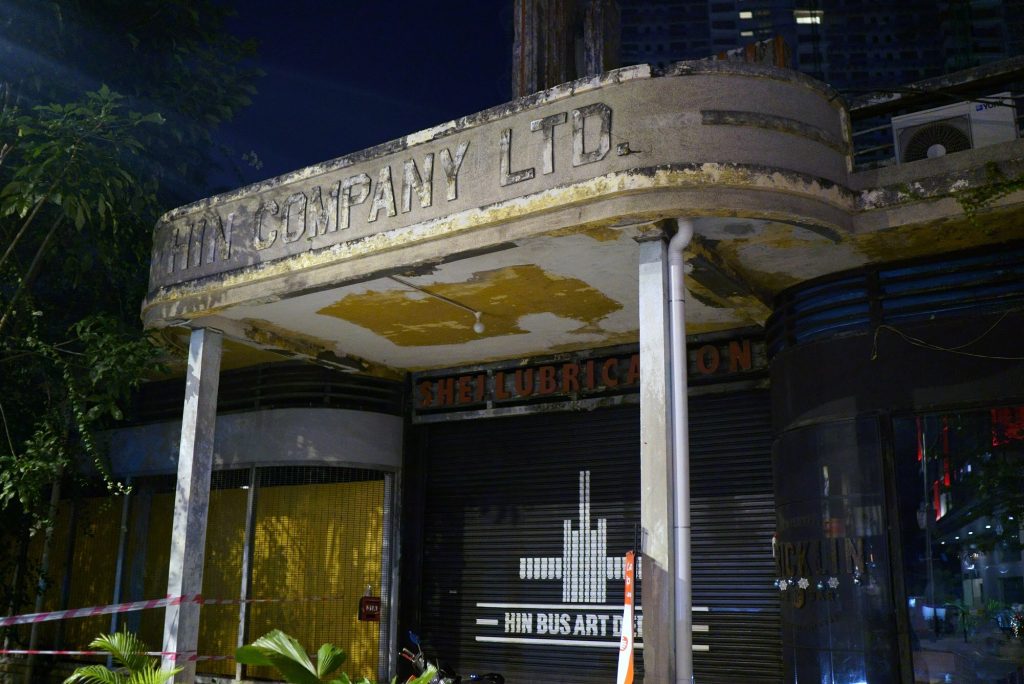
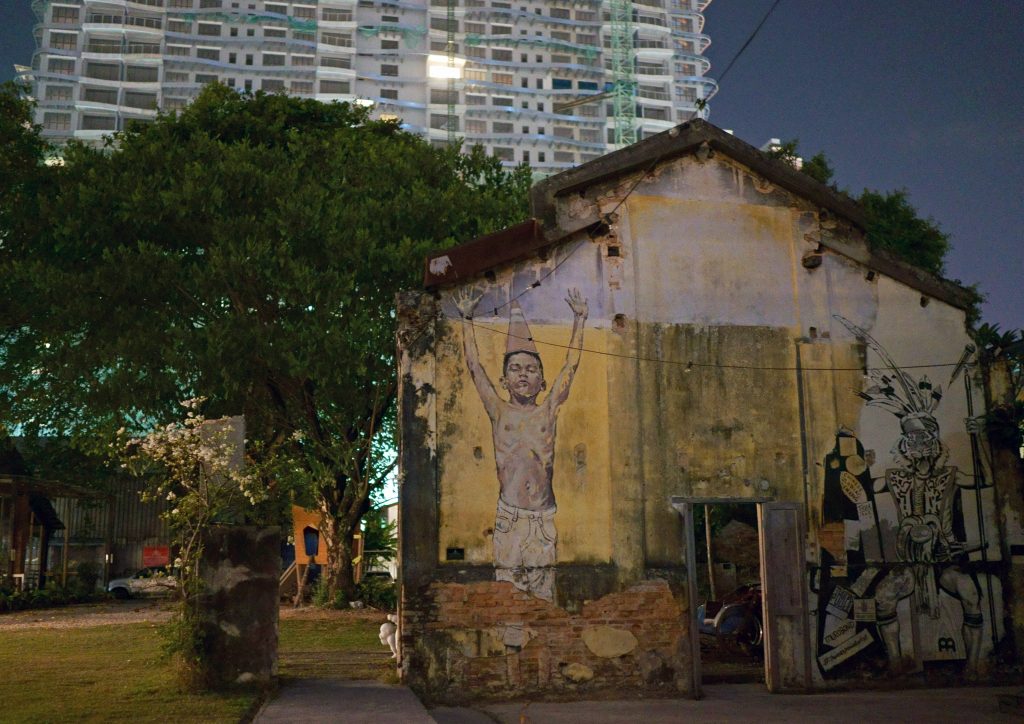
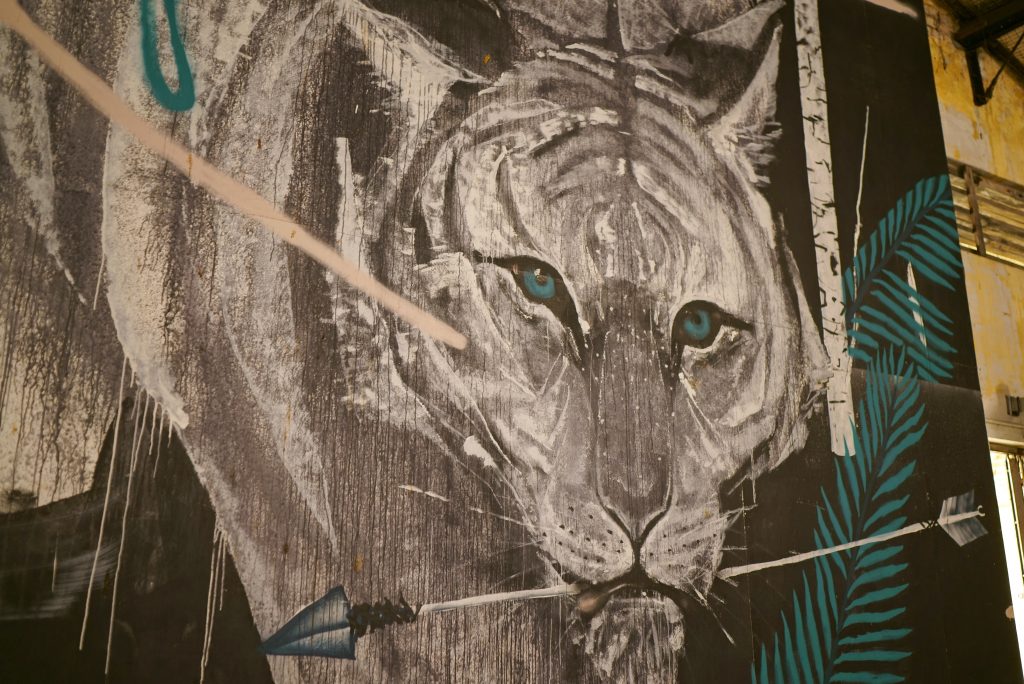
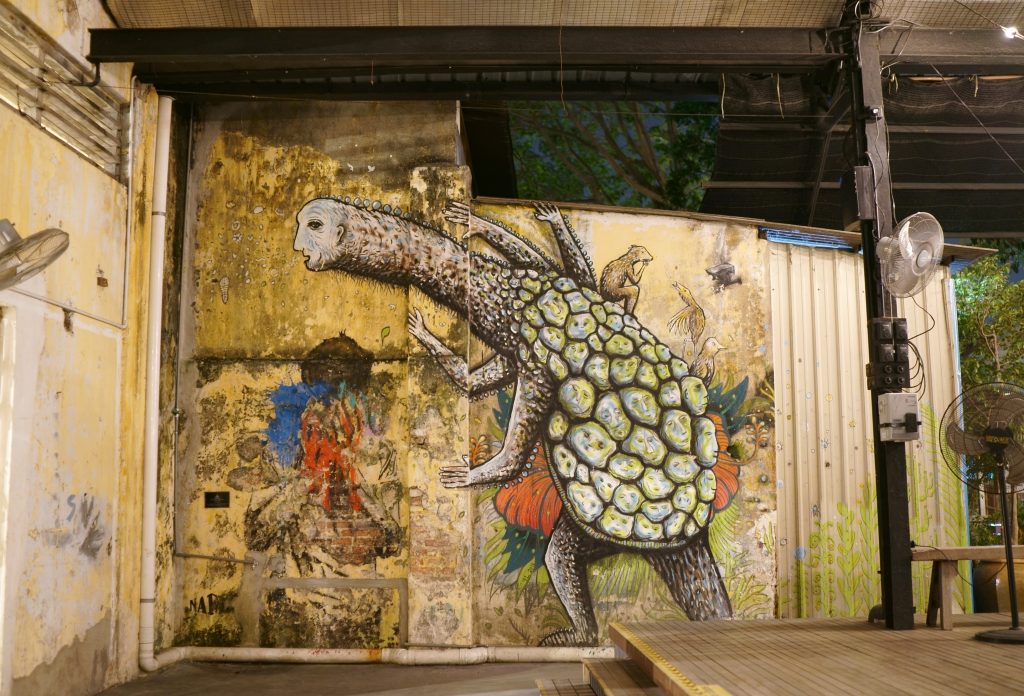
Backdoor Bodega is a dimly lit cocktail bar in the back of an apparel store that serves many varieties of original Penang cocktails. One of the most unique flavors that I tasted was Lao Hao Peng made with a nutmeg cordial that was tangy, aromatic, and for lack of a better word: adventurous. The evening at Backdoor Bodega was a wonderful time spent with friends both old and new. The bar also had open access to the apparel store where we played foosball and had a good chat with newly made friends that are also regular customers of the bar.
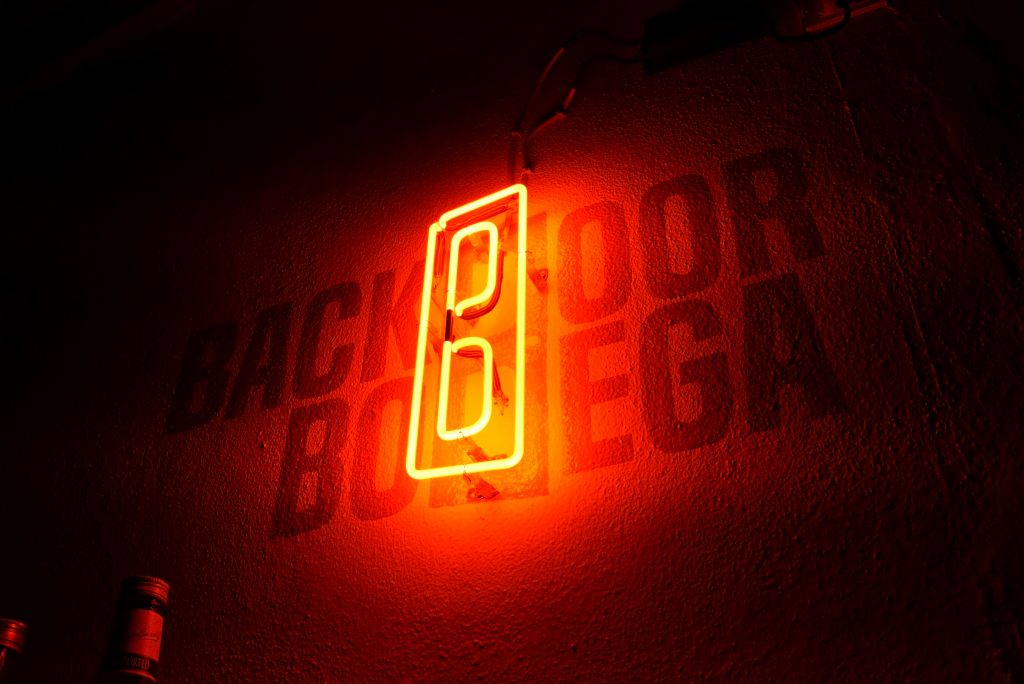
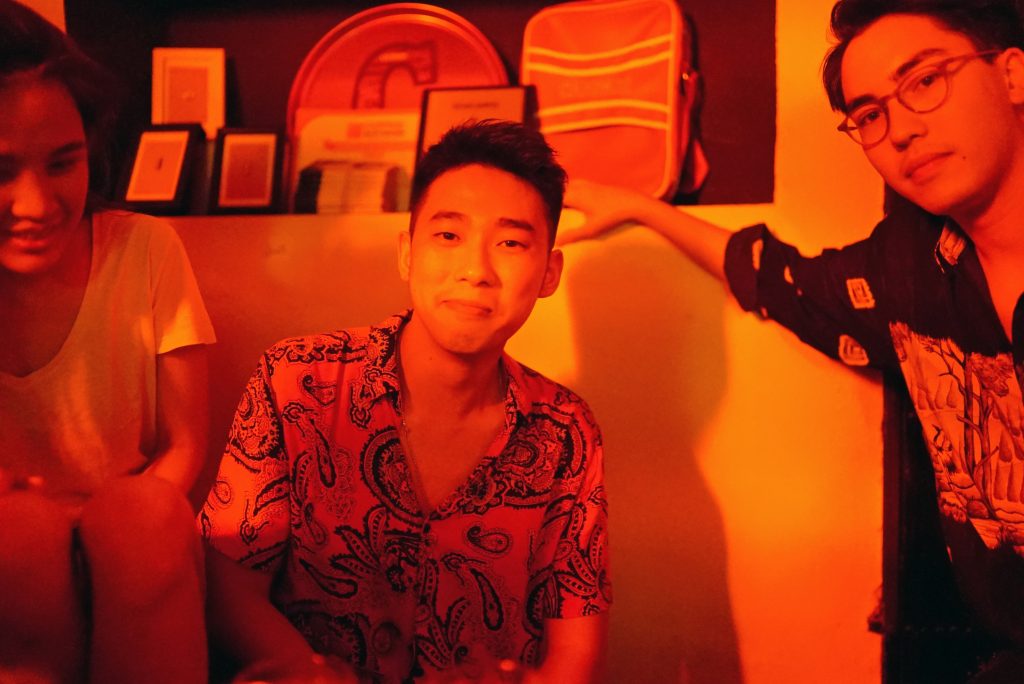
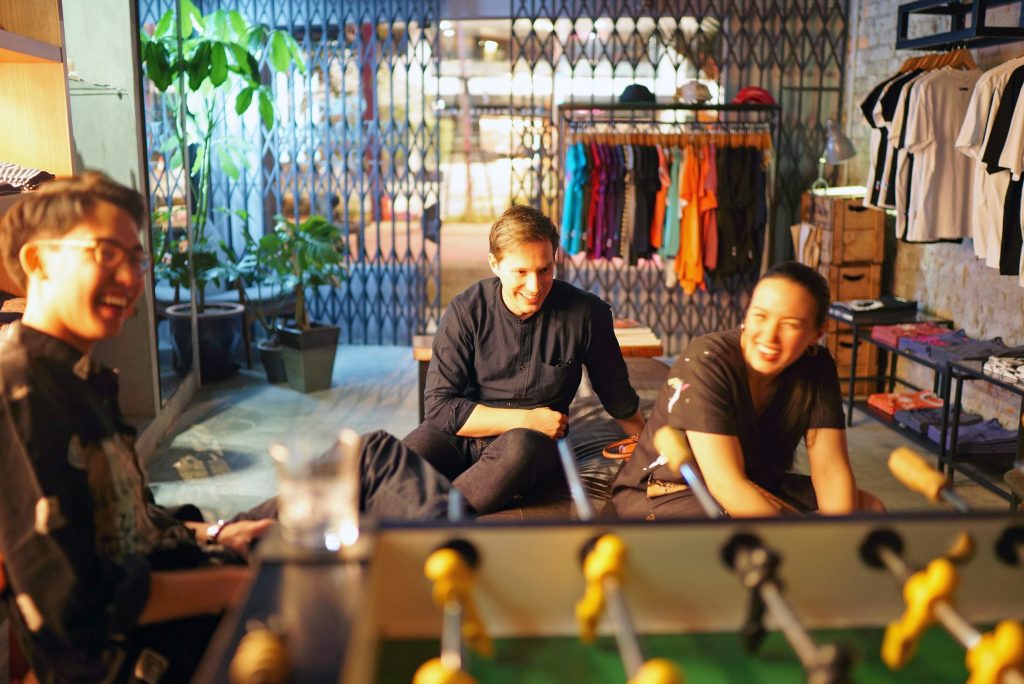
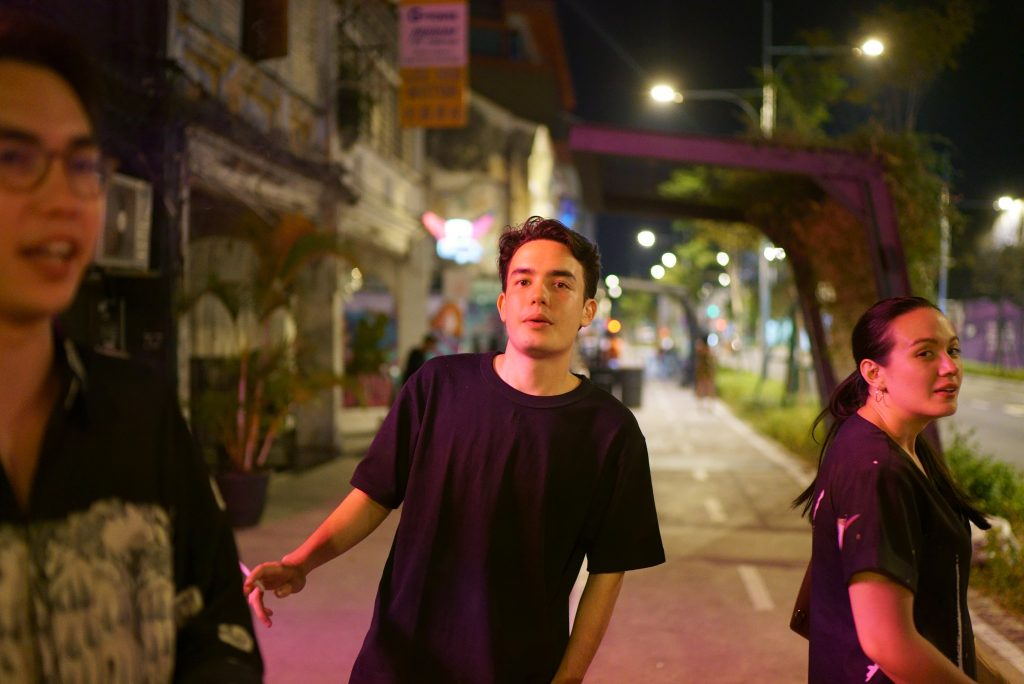
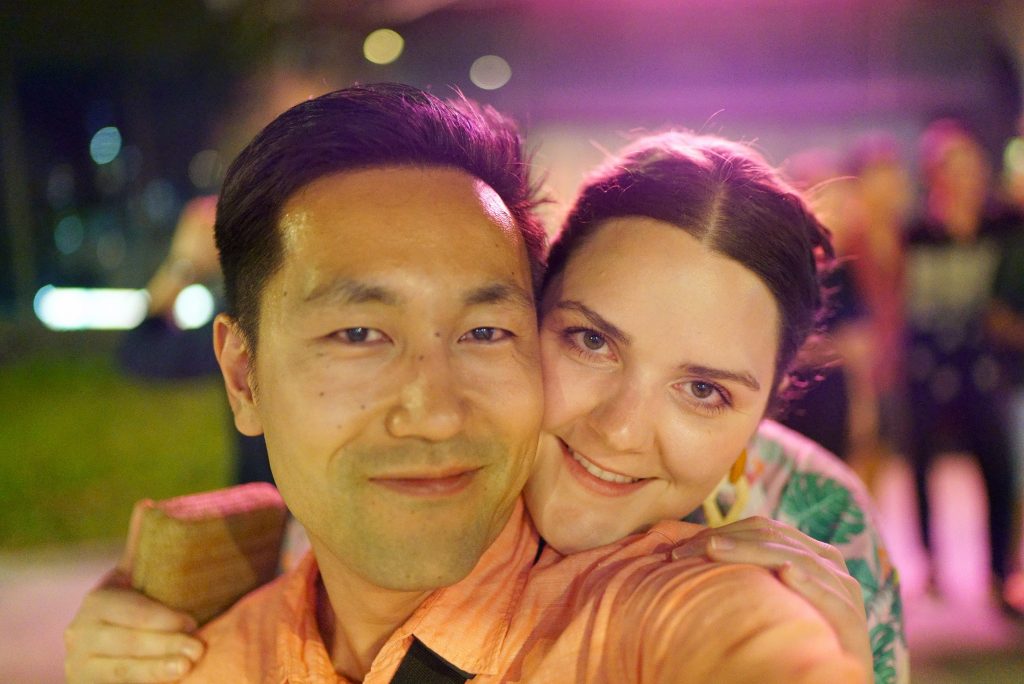
Thank you for reading this blog post. Hope you enjoyed it!
In the next post, we will take our journey to the western region of Penang Island -flourishing with vegetation and an art gallery in nature. Please stay tuned.
Written by: Kosuke Haga
Edited by: Rebecca Hoover

